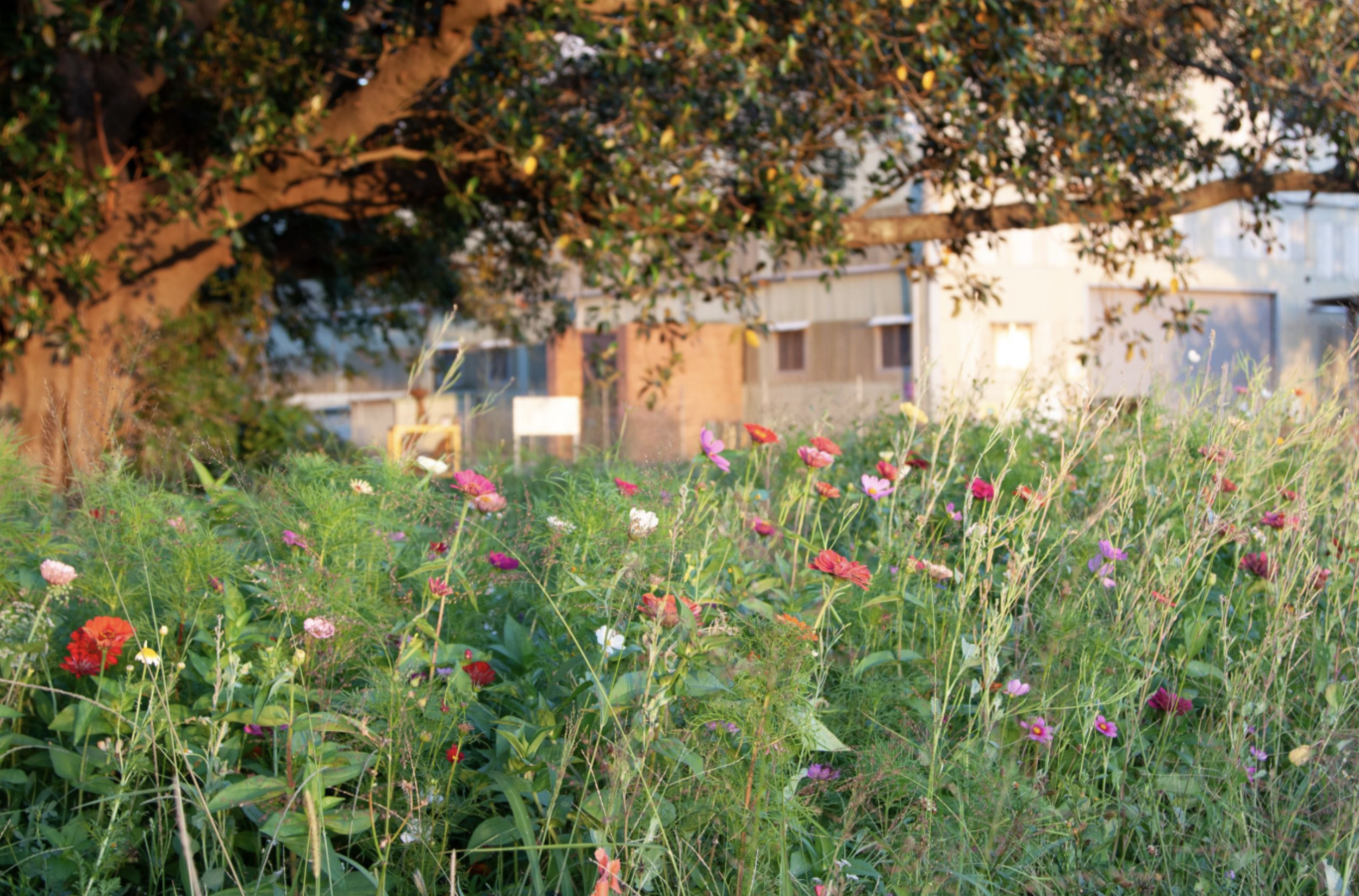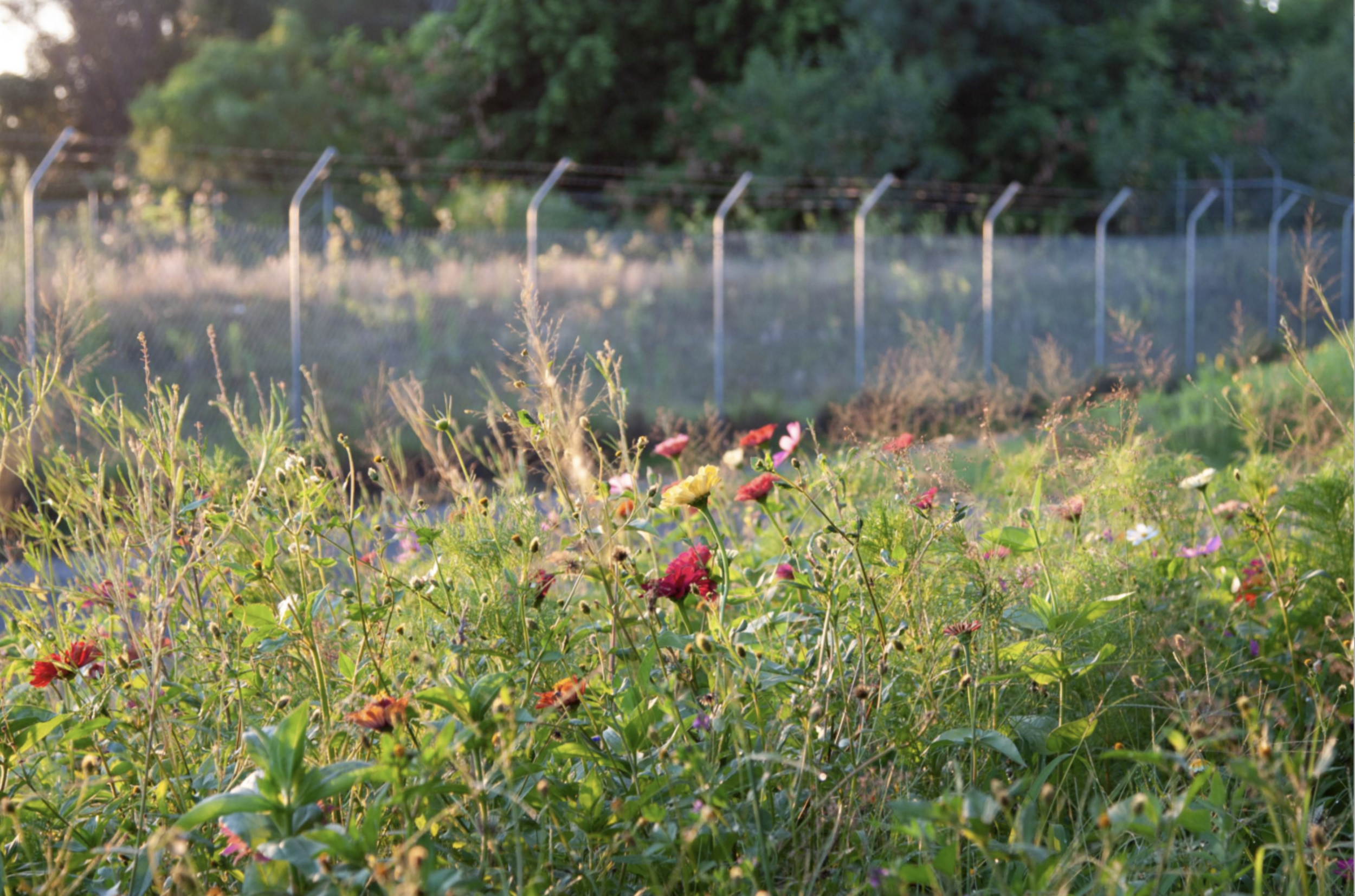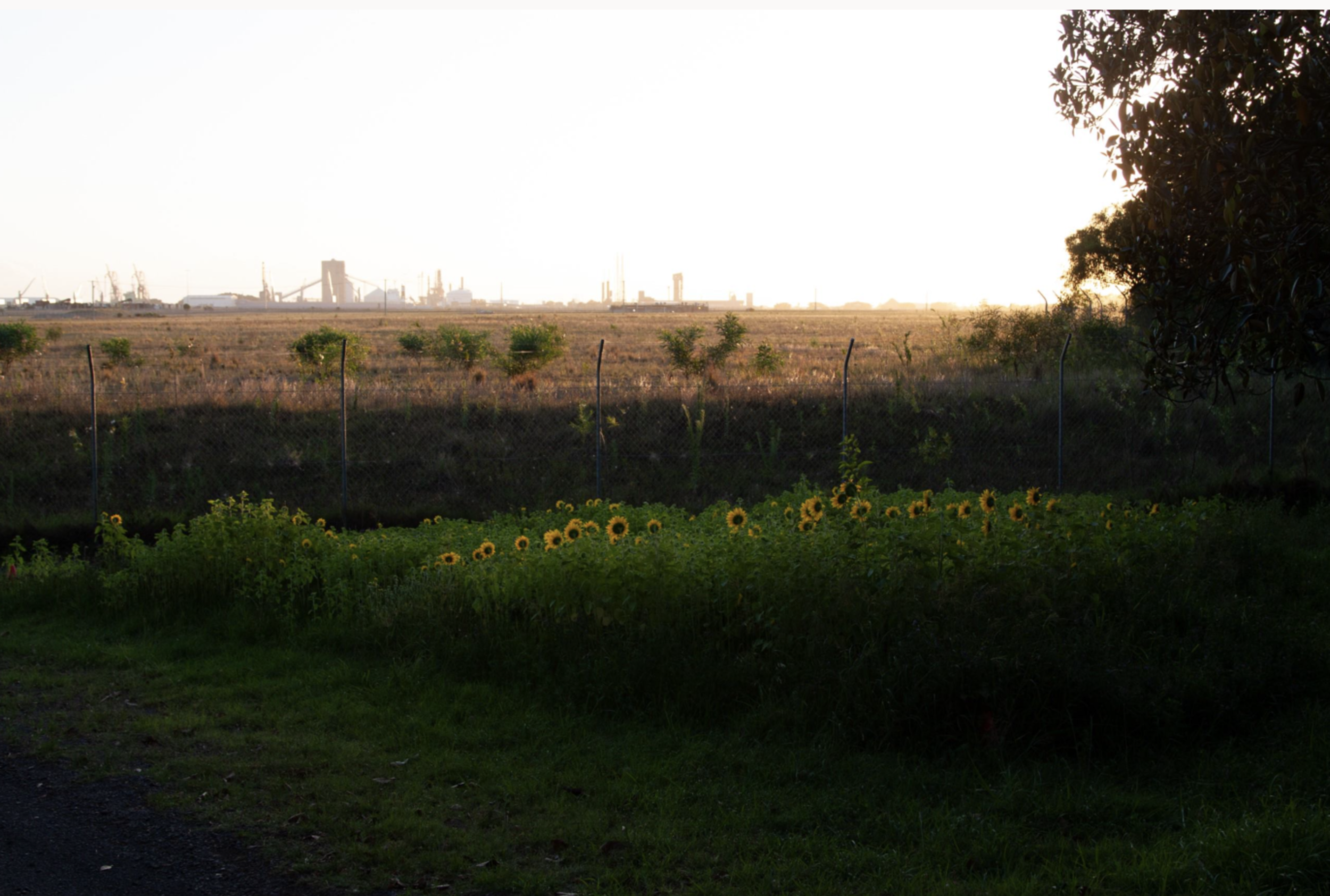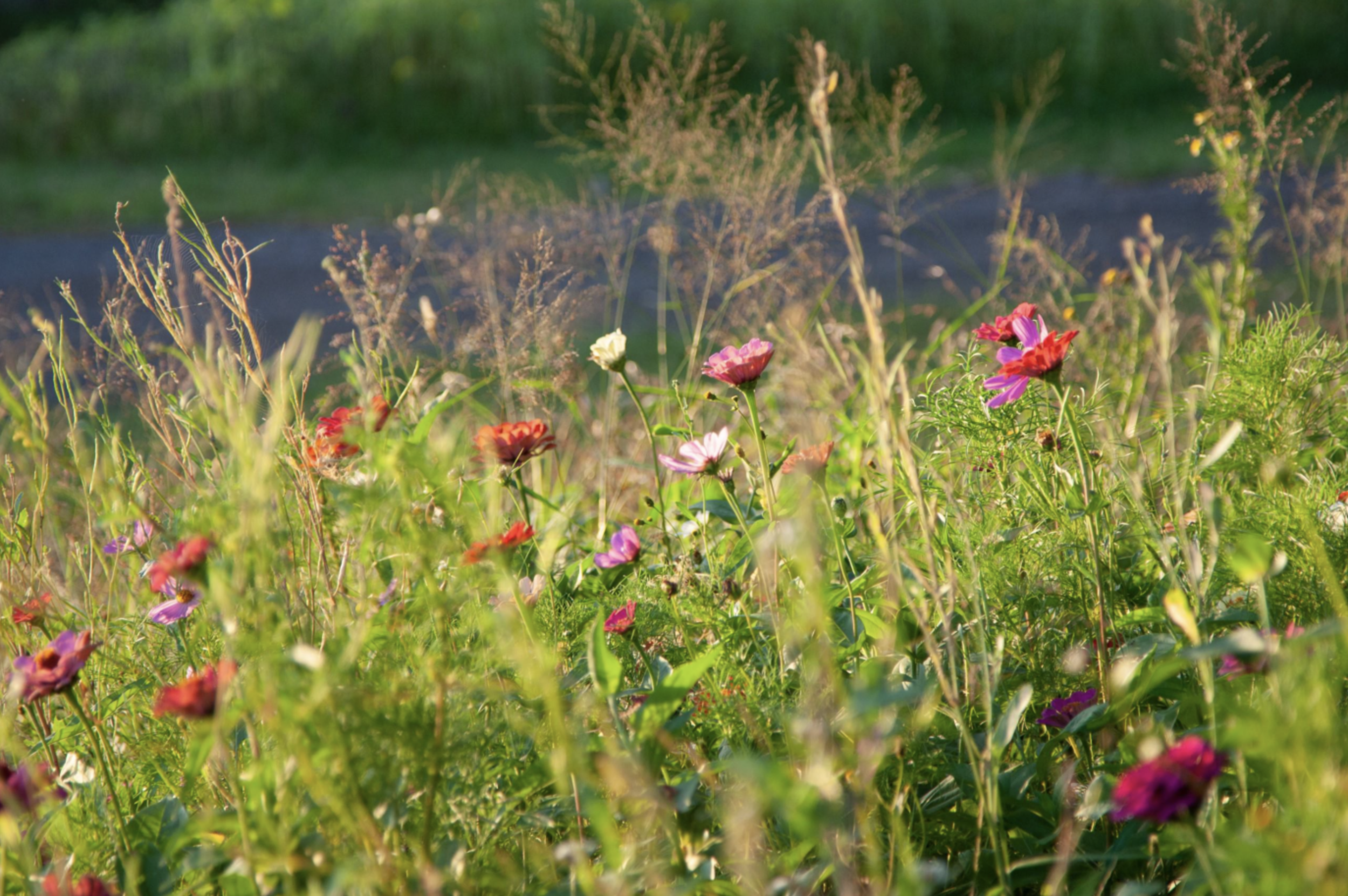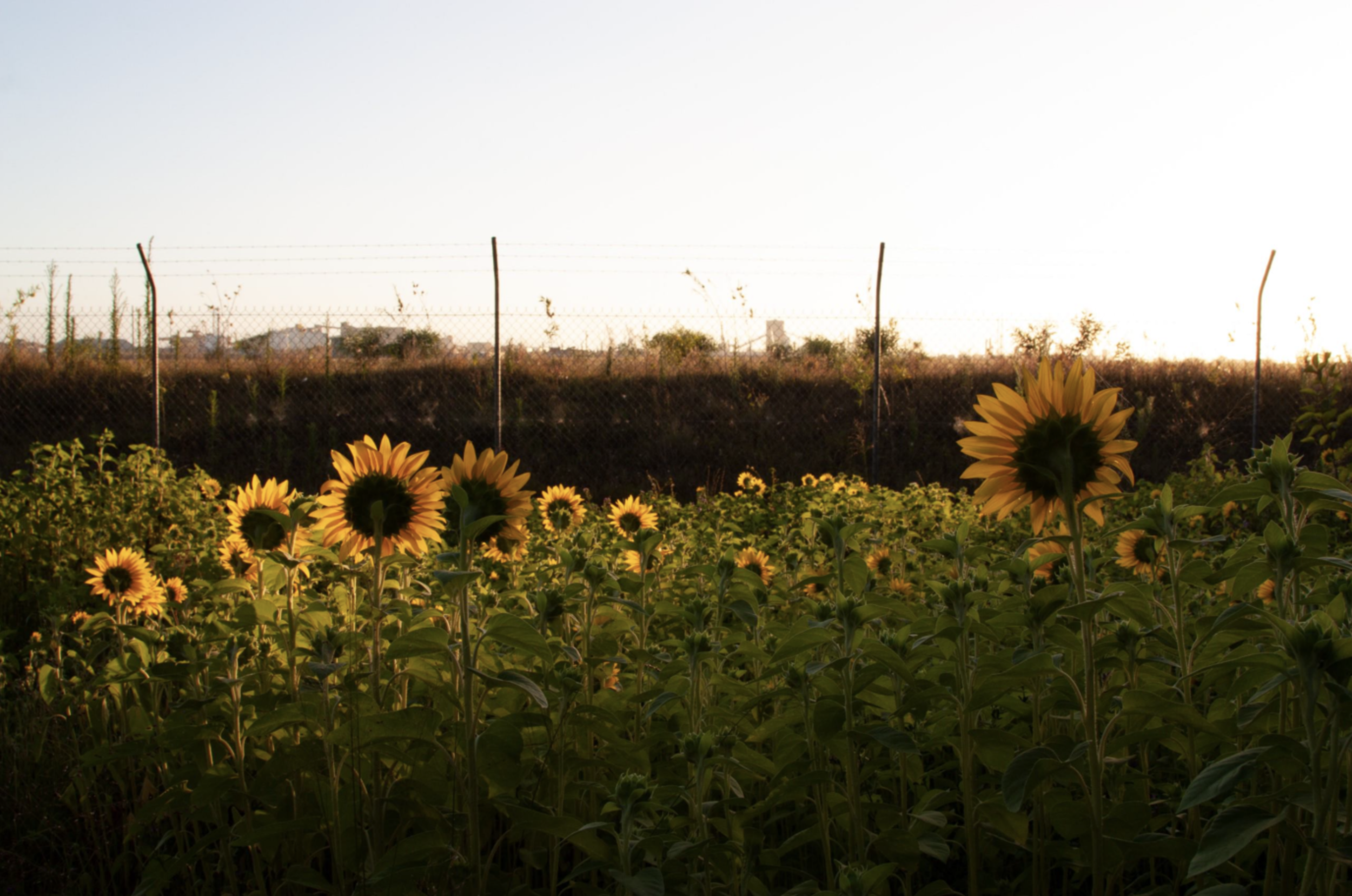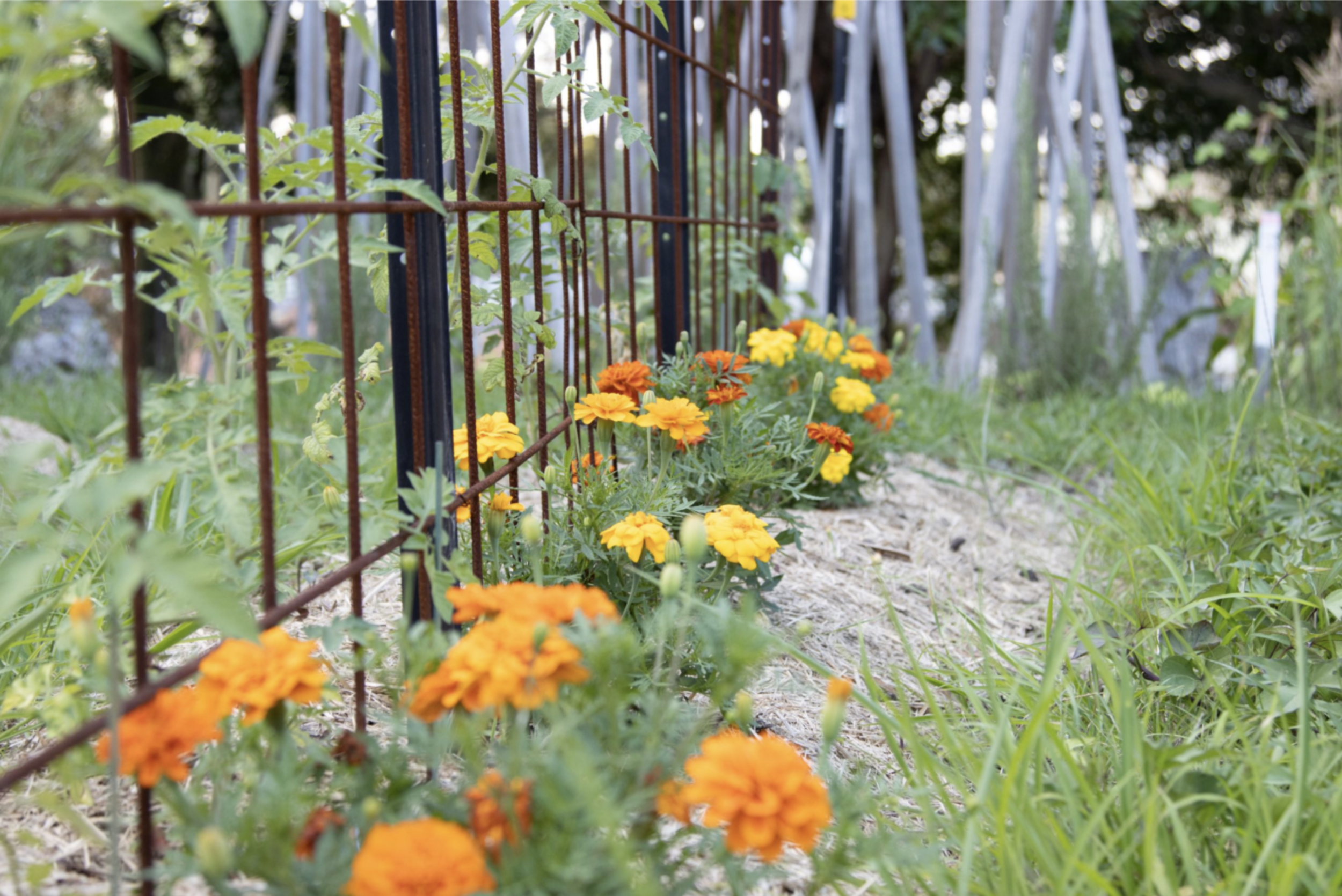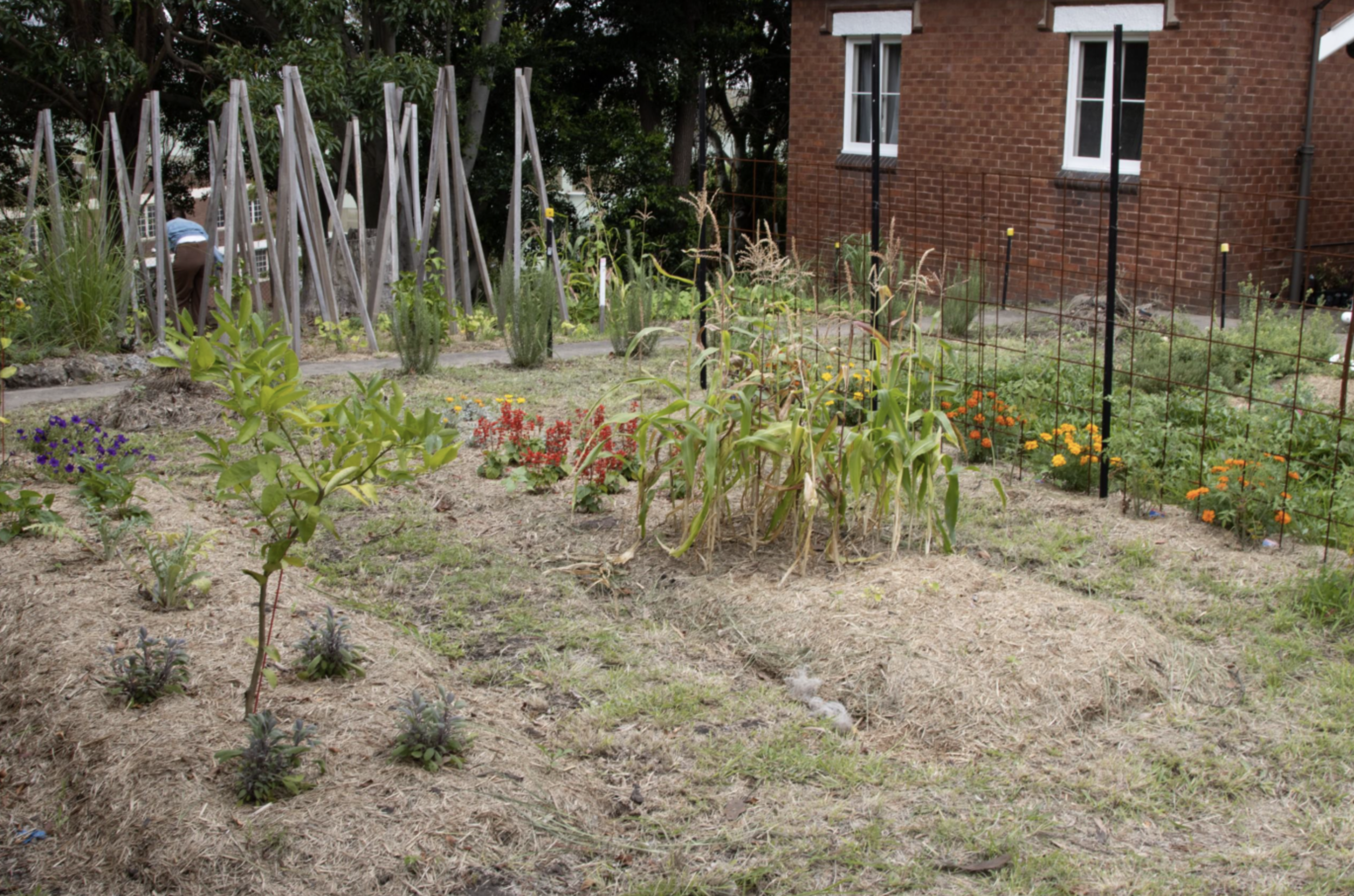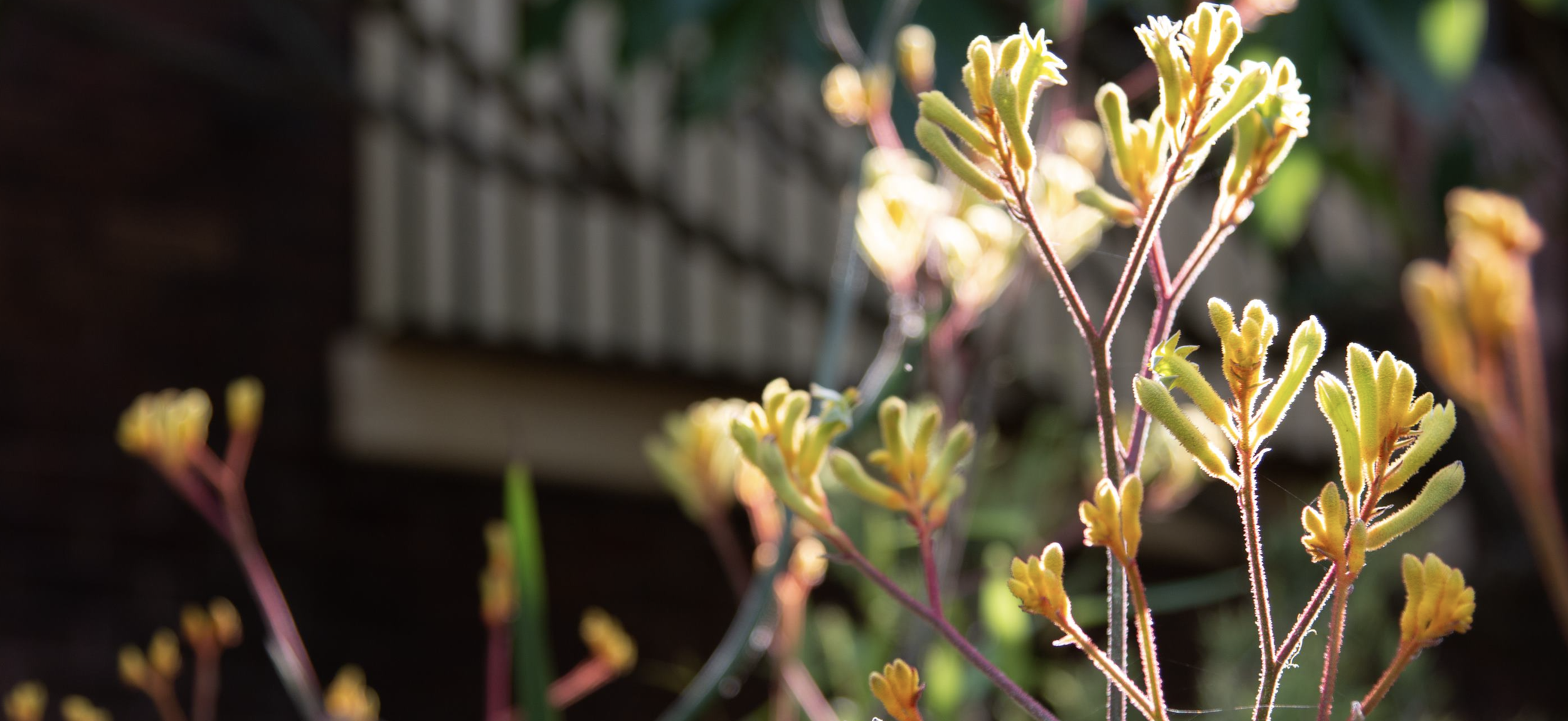GARDEN PERFORMANCE
GROWTH | PHYTOREMEDIATION | RESULTS
Phytoremediation
What is phytoremediation?
Phytoremediation is the process of using plants to remove or break down contaminants in soils. The natural uptake of chemical compounds through root systems allows selected plants to immobilise, degrade, and store pollutants within vegetation. This technique is best used when there are widespread toxins throughout the topsoil and there is risk of these toxins moving offsite (e.g. through soil erosion or surface water movement).
At Delprat Cottage, the heavy industrial use of the land historically has left elevated heavy metal deposits residing in the soils. Attempts have been previously made to excavate and relocate contaminated soil offsite, or treat and contain it beneath a concrete membrane onsite. While these strategies have mitigated significant environmental risk, testing has indicated that heavy metal levels in the soils are still high. Phytoremediation on site at Delprat offers a cheap, aesthetically-pleasing, and environmentally-resilient way of ensuring that the land is revived for future use.
How does Phytoremediation work?
Some plants are able to remediate contaminated soil through a variety of natural processes. Through the ongoing removal of soil toxins, plants are able to create a safer and more biodiverse site for communities and ensure that pollution on the site does not leech into groundwater or spread further to pollute other sites. The diagram below describes the phytoremediation processes:
results - Veggie garden
The graphics below identify the levels of contaminants through colour, measuring by species.
Results - Soil Samples (all gardens)
The graphs below identify the levels of contaminants measured through scientific monitoring and testing samples around the various gardens on site.
results - veggie garden, cottage garden and meadows
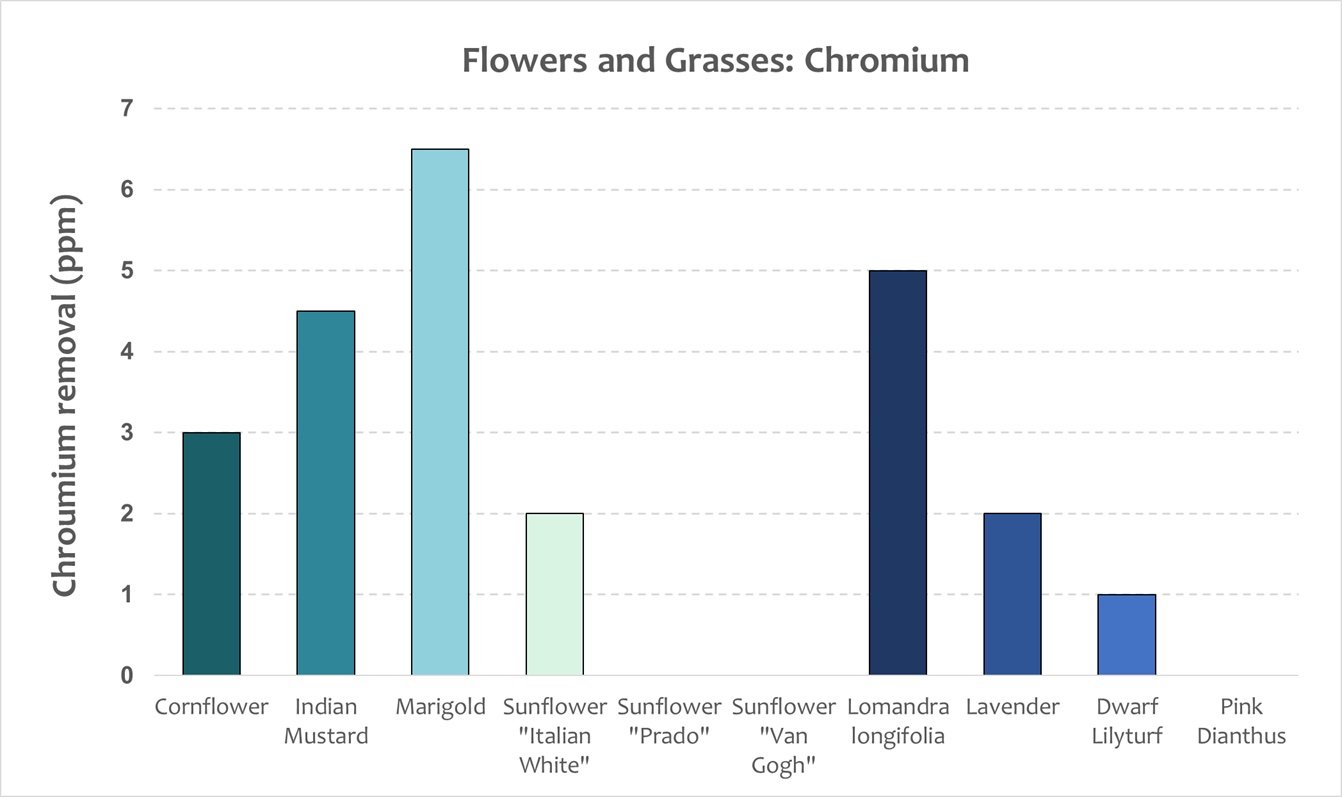
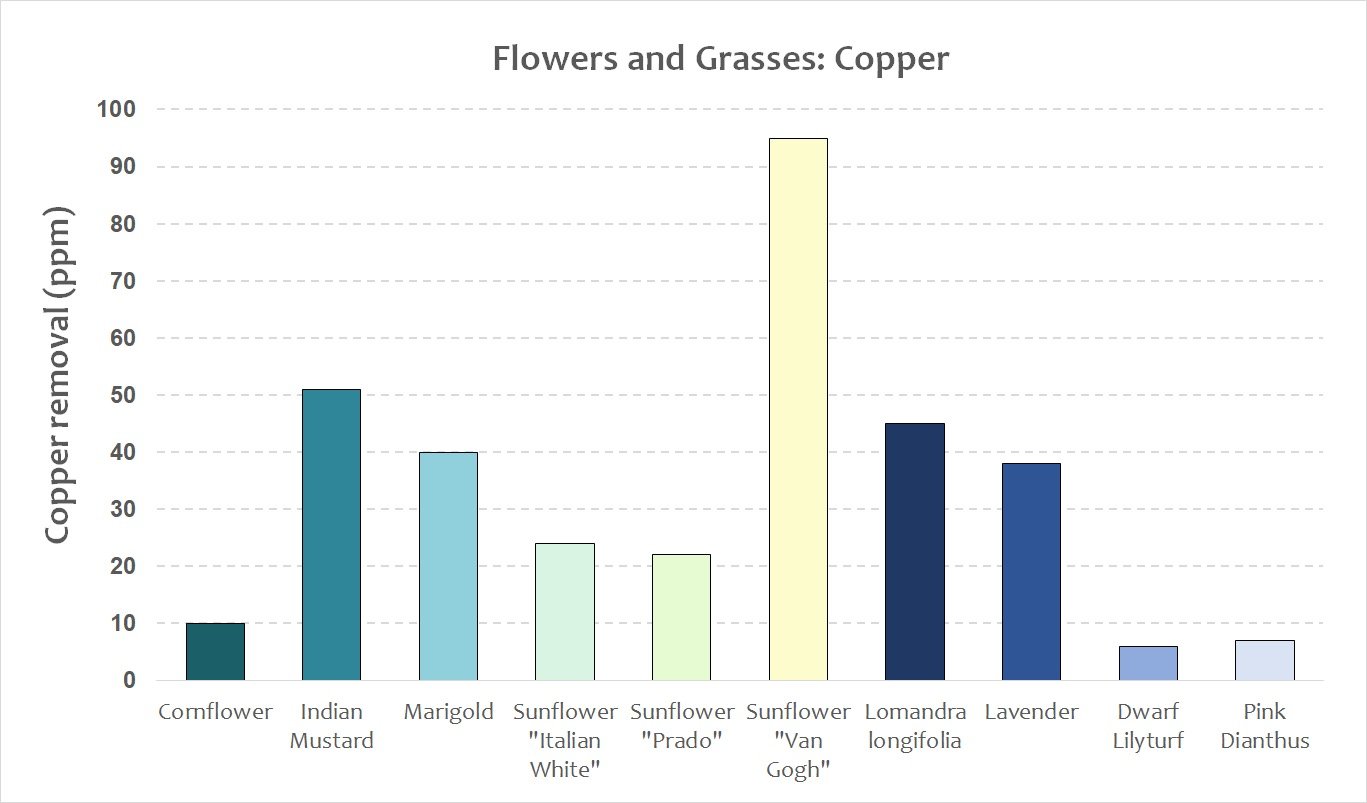
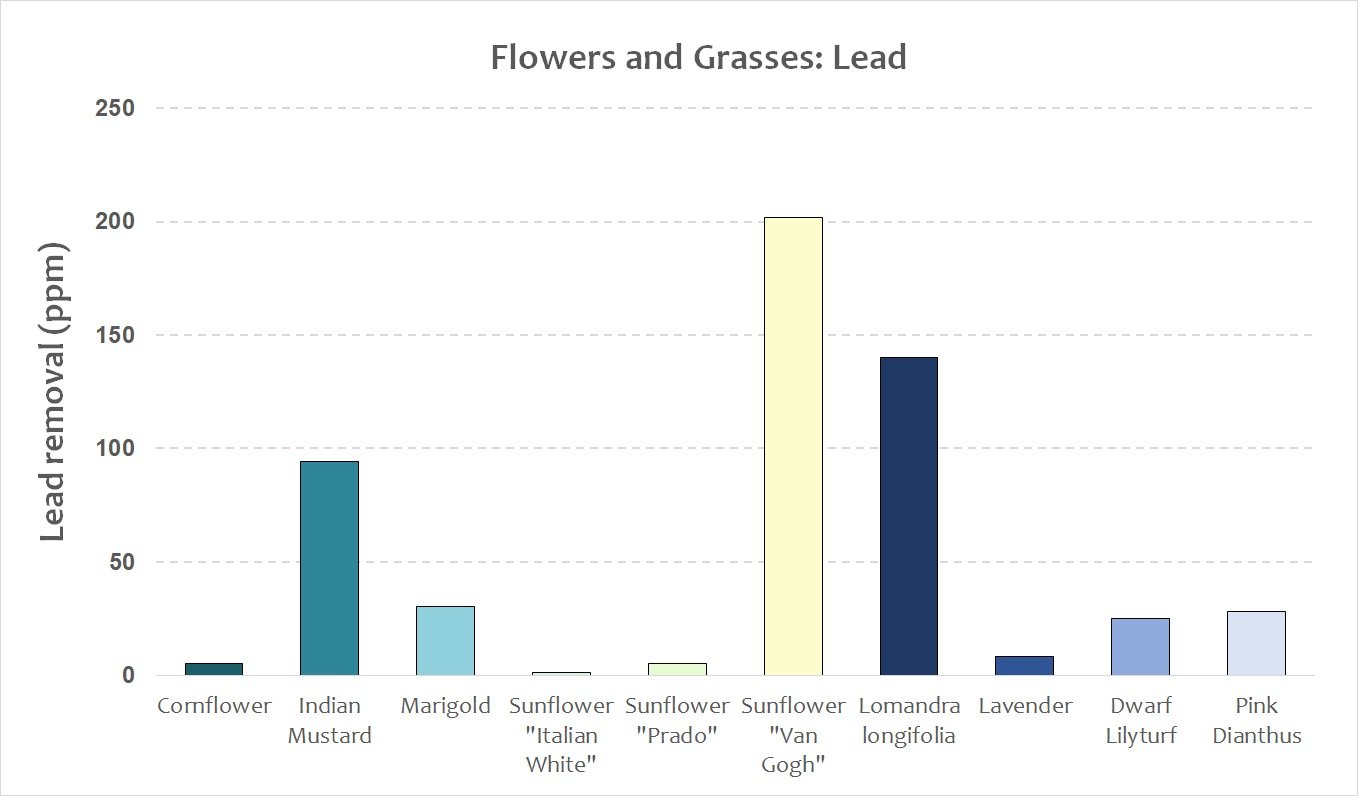
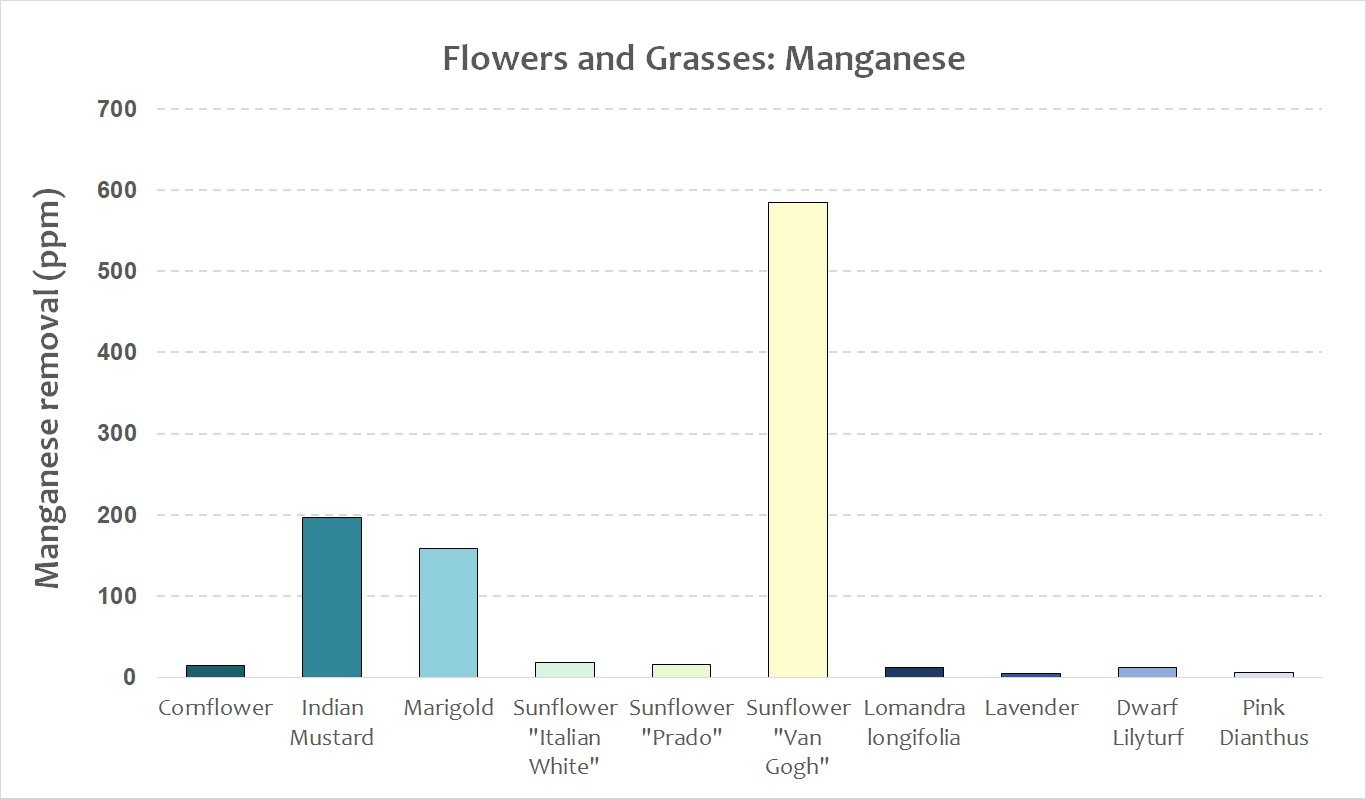
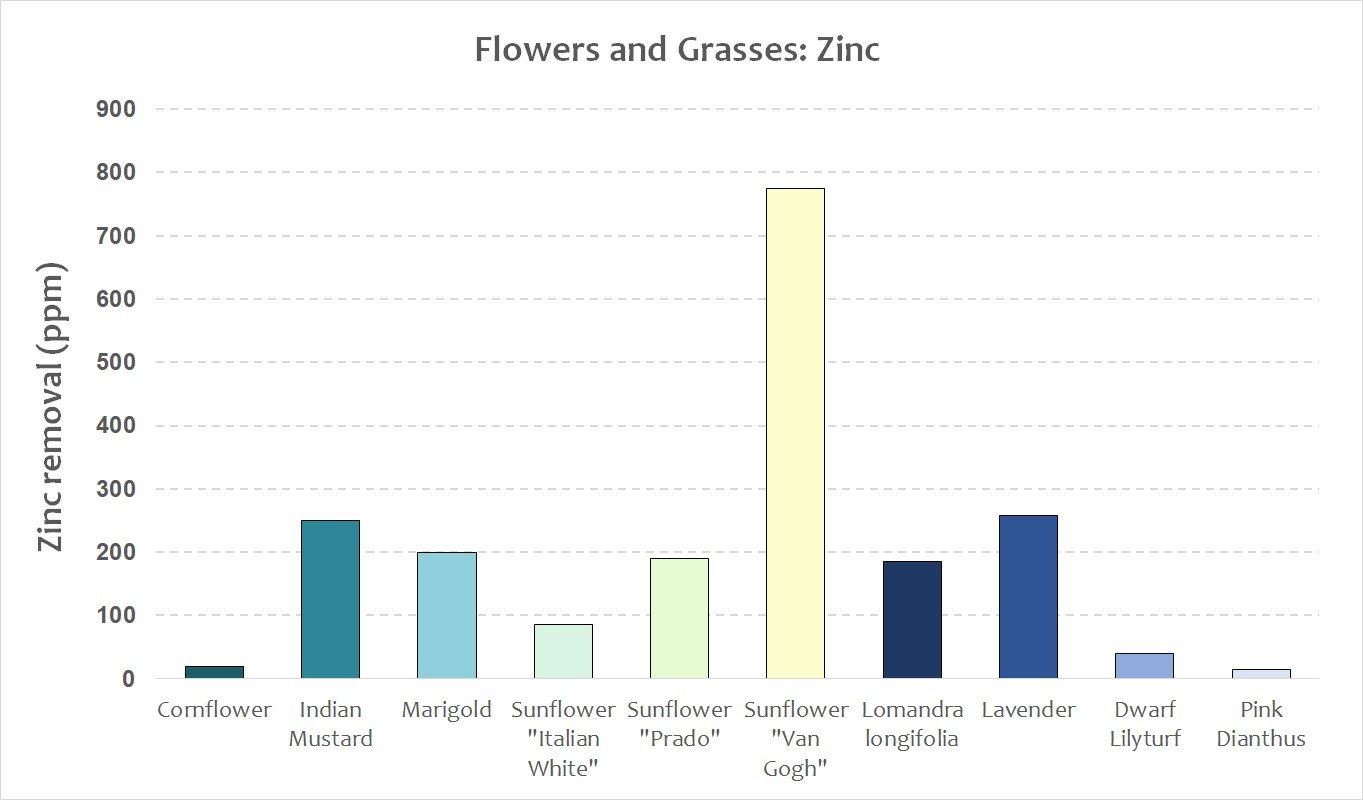

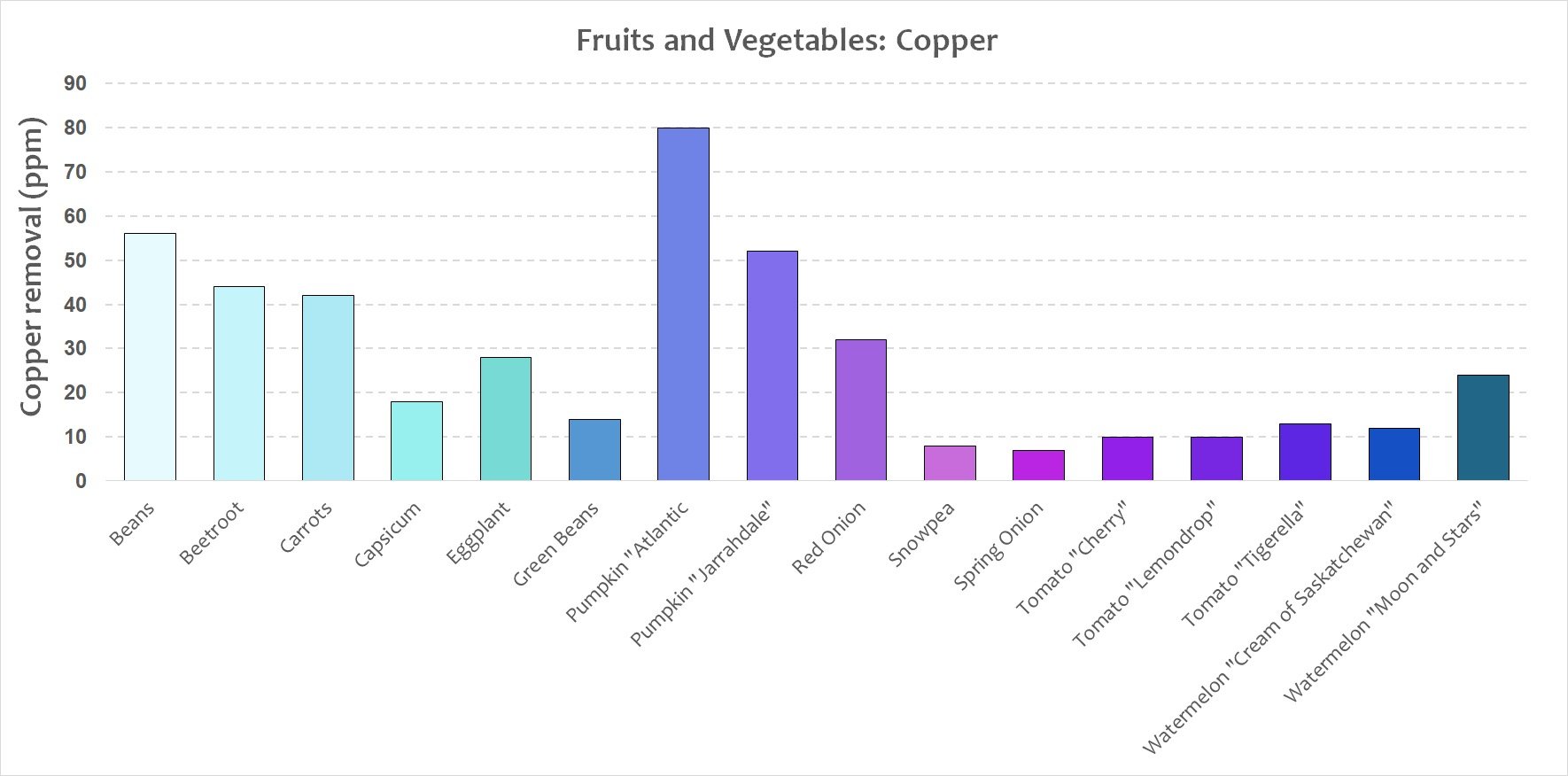
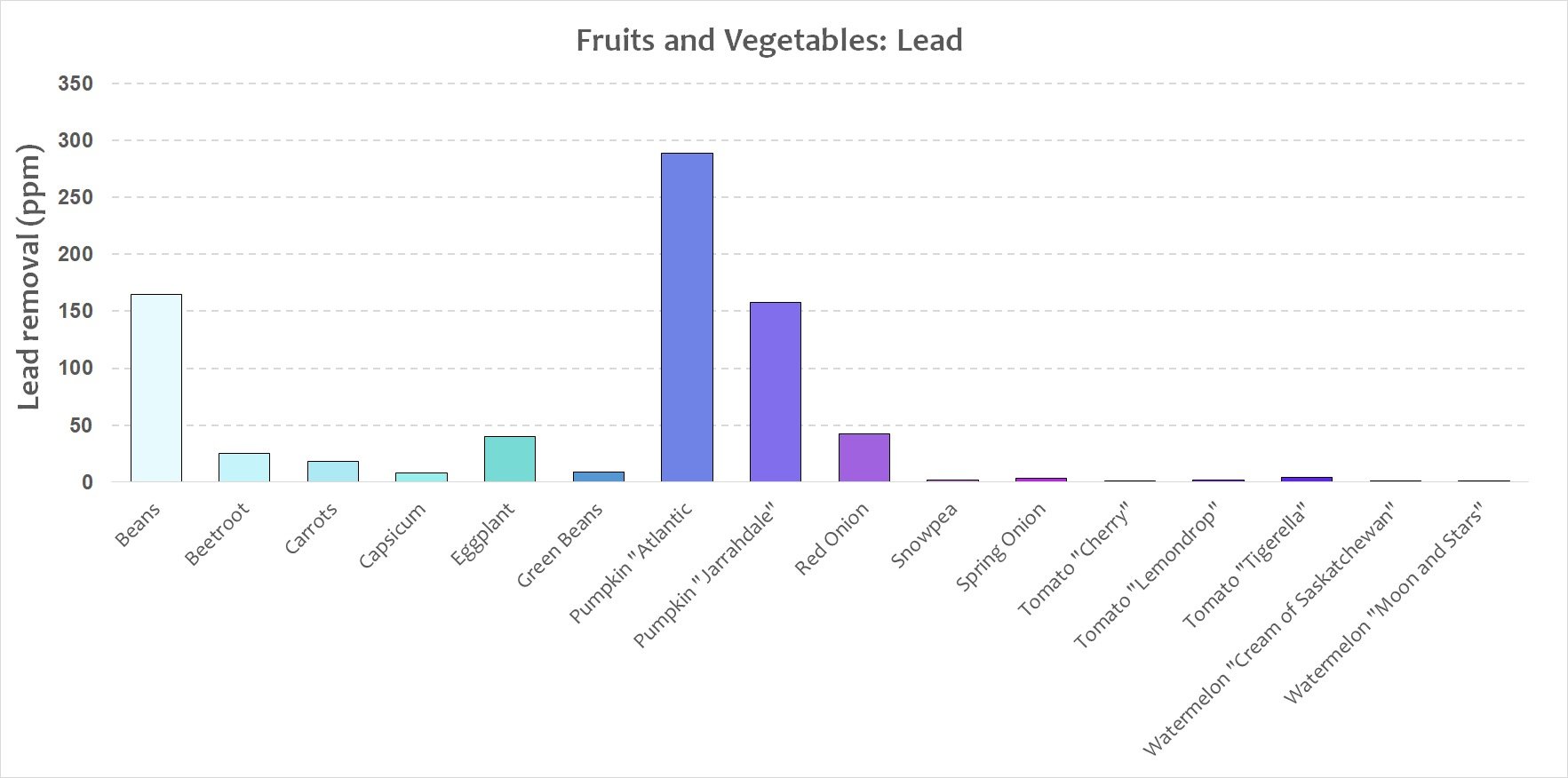
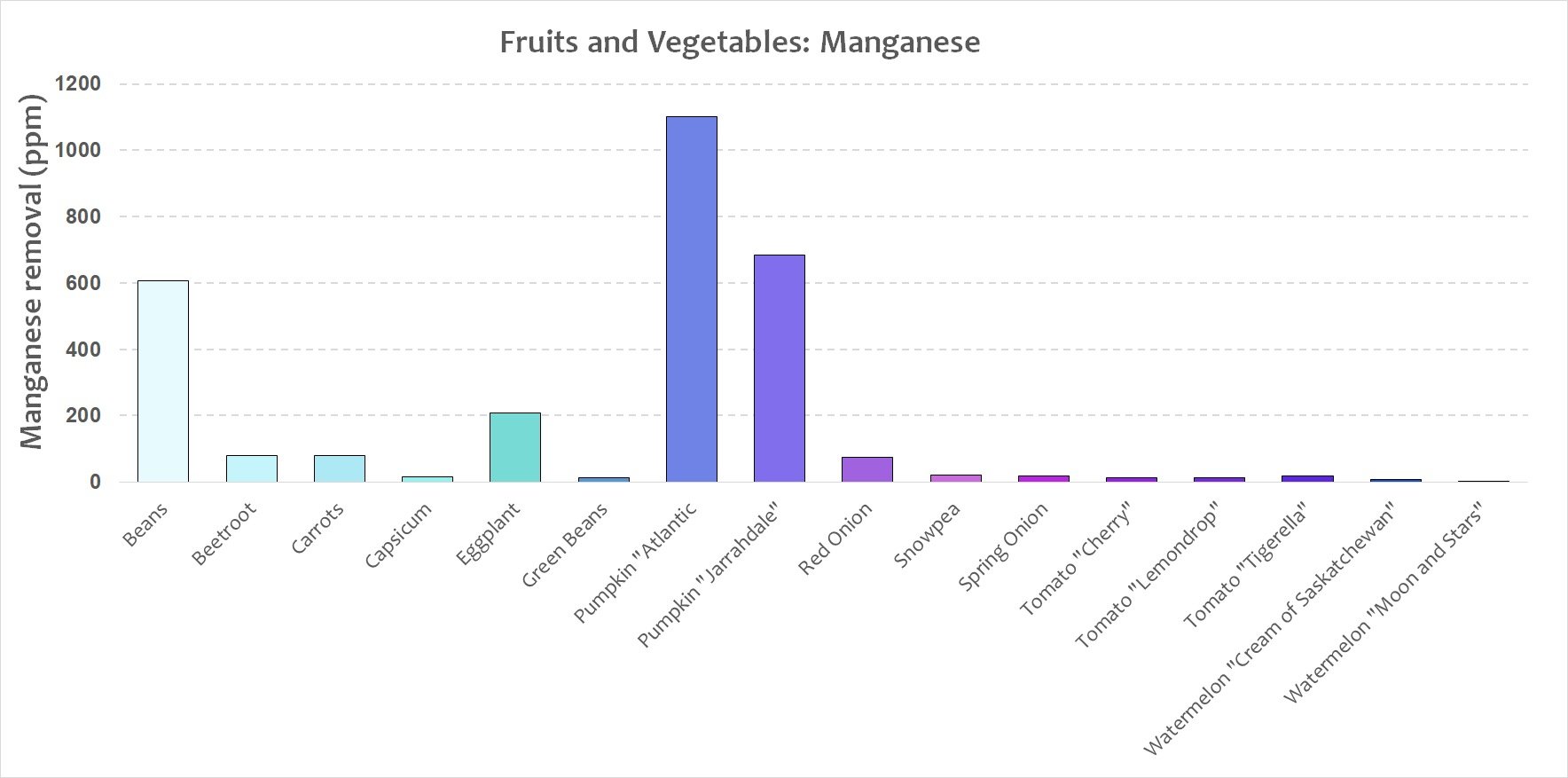
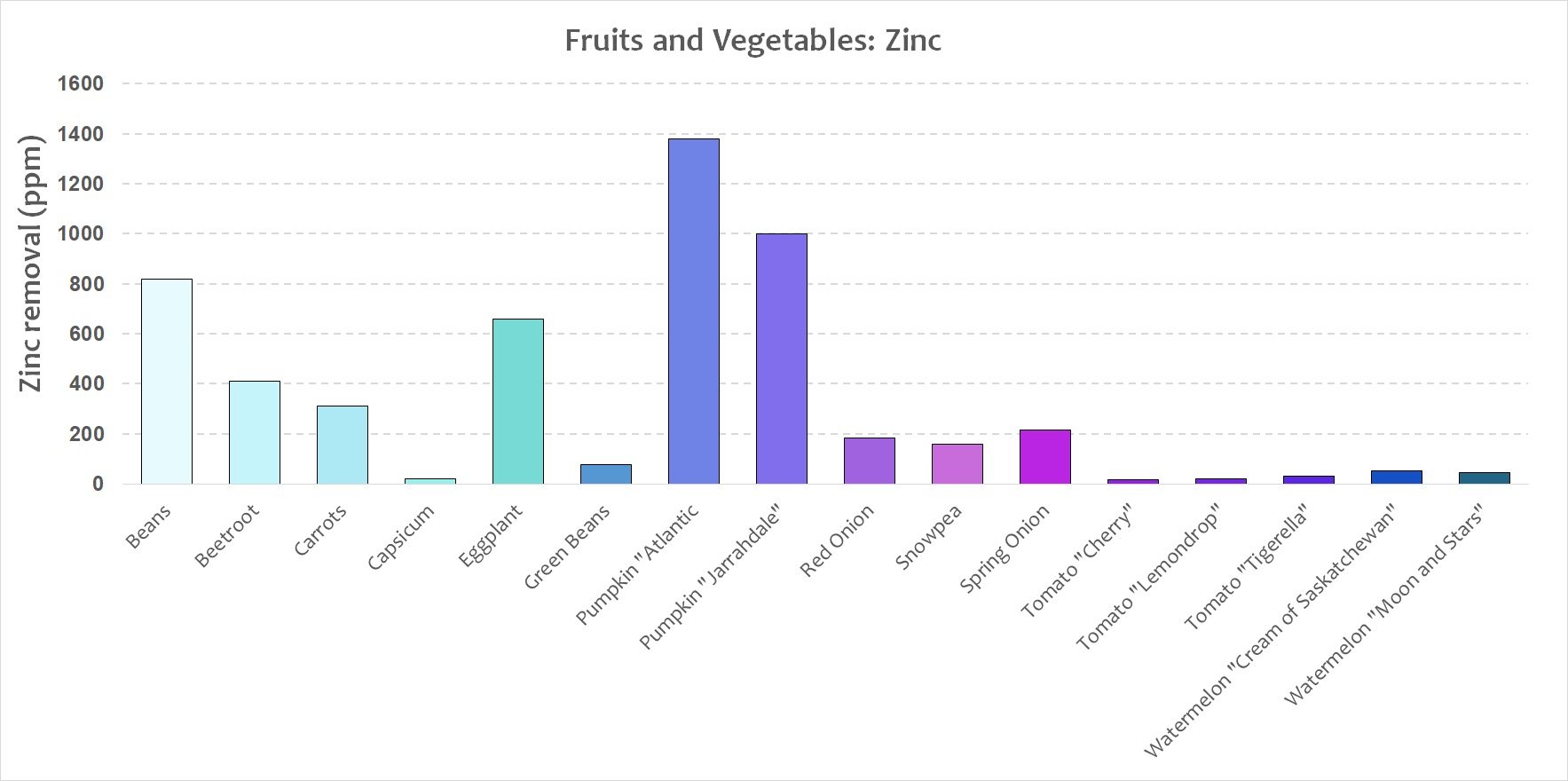
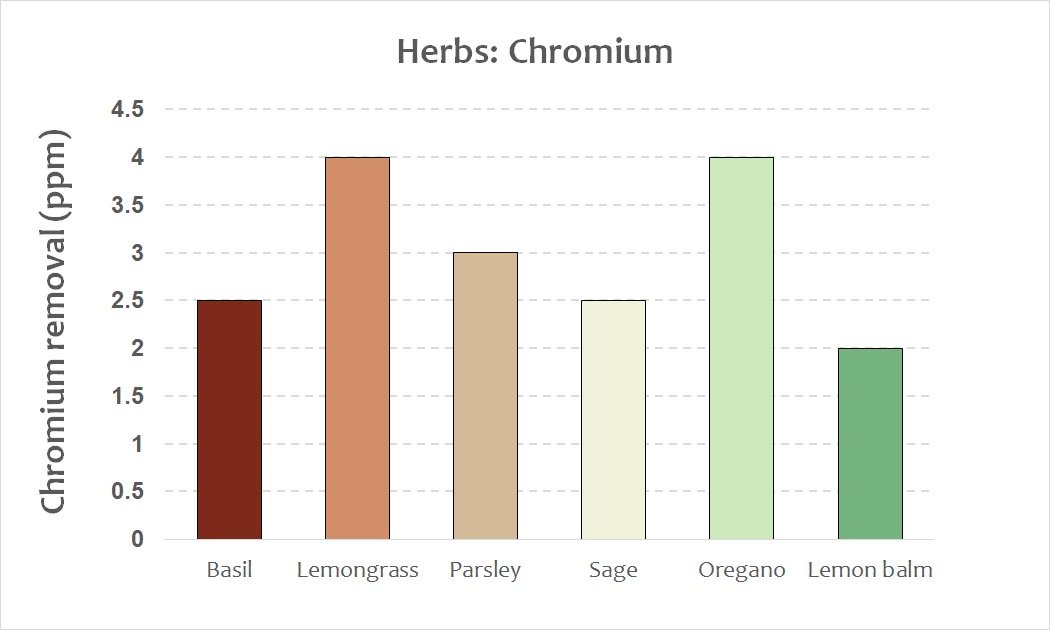
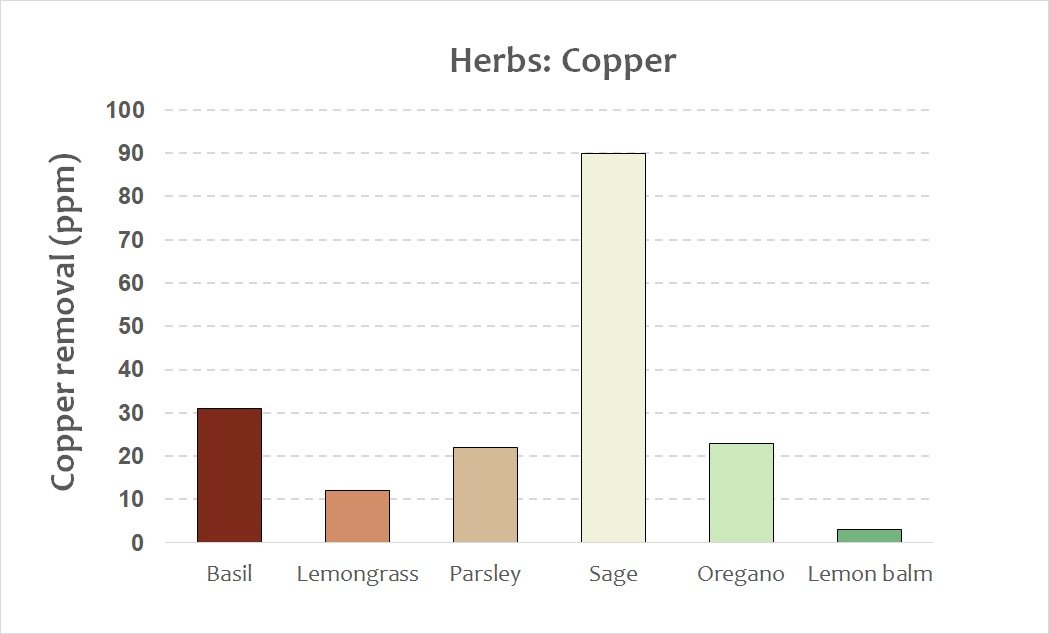
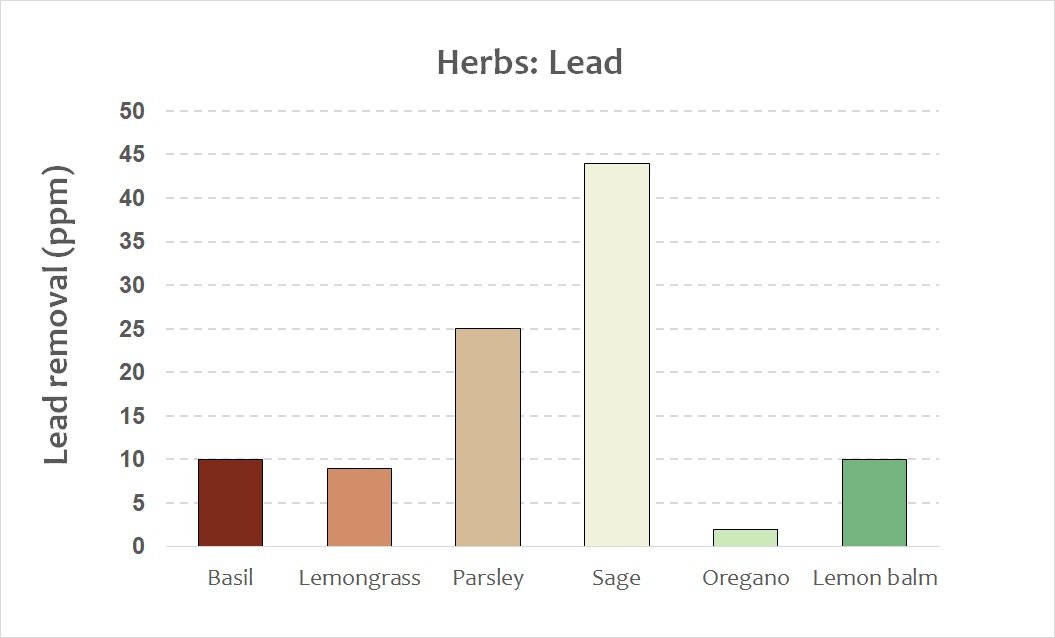
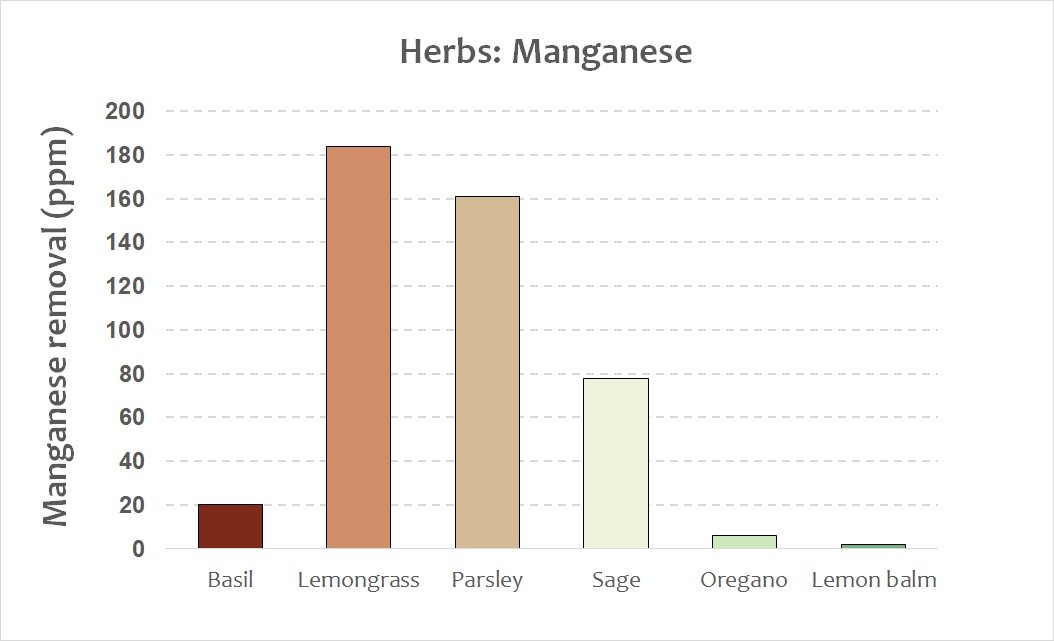
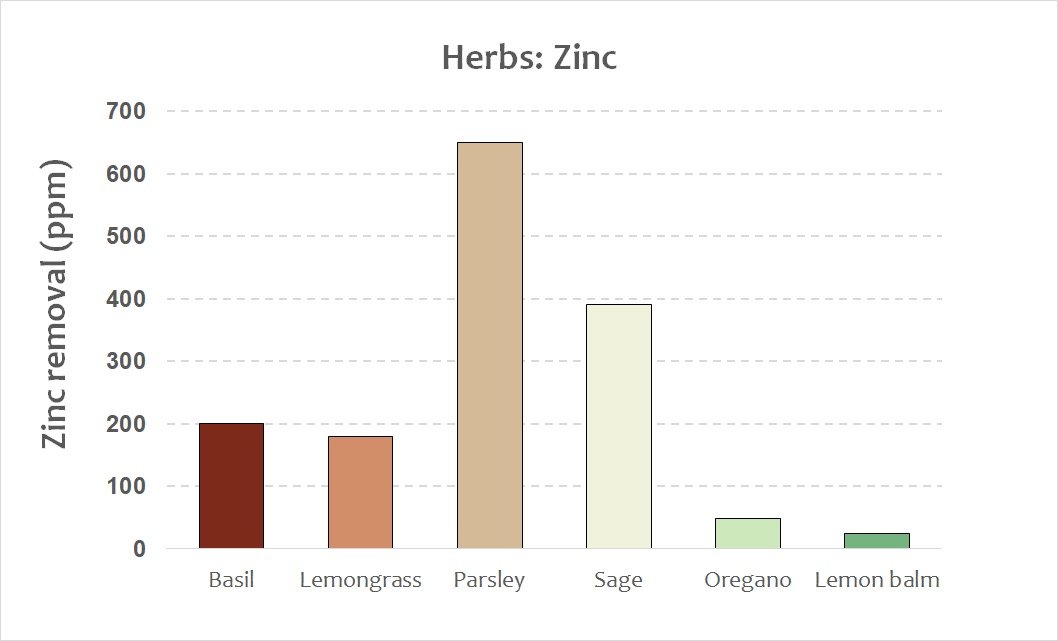










BEfore works
The site required extensive clearing and soil ripping prior to the installation of the garden. Plots were hand raked to remove large rocks and create a suitable seedbed. To ensure the success of the plants an timed irrigation was installed.
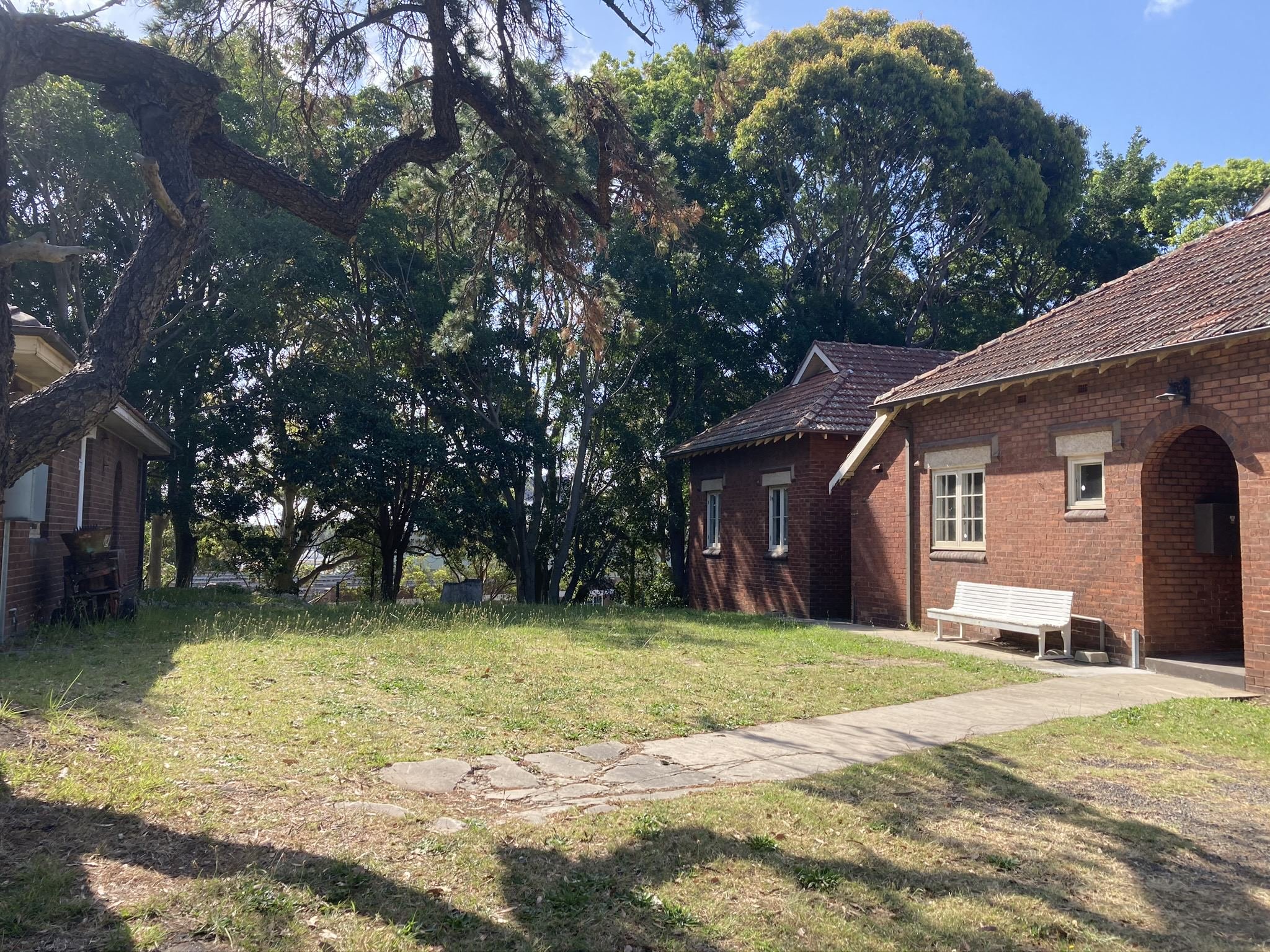
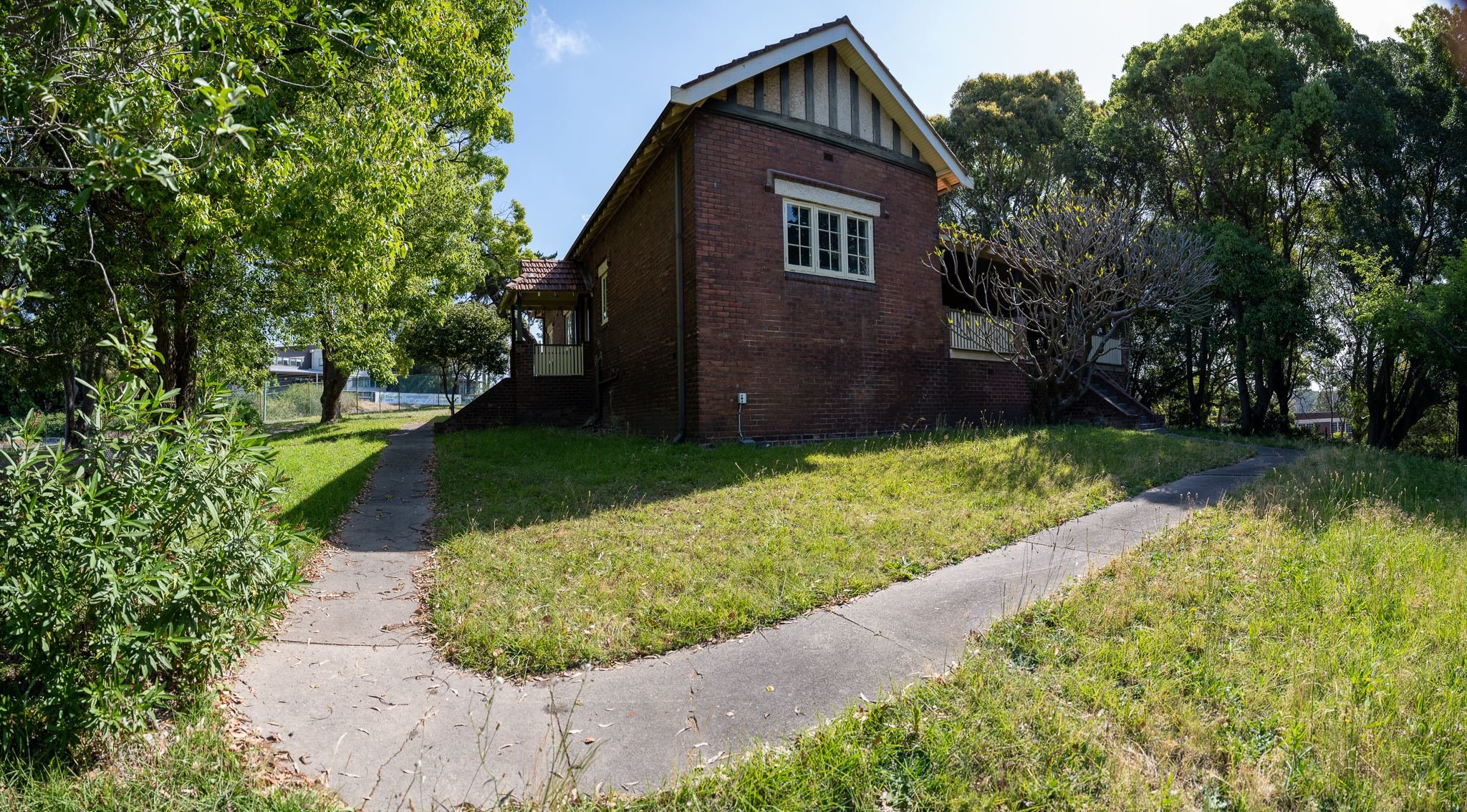
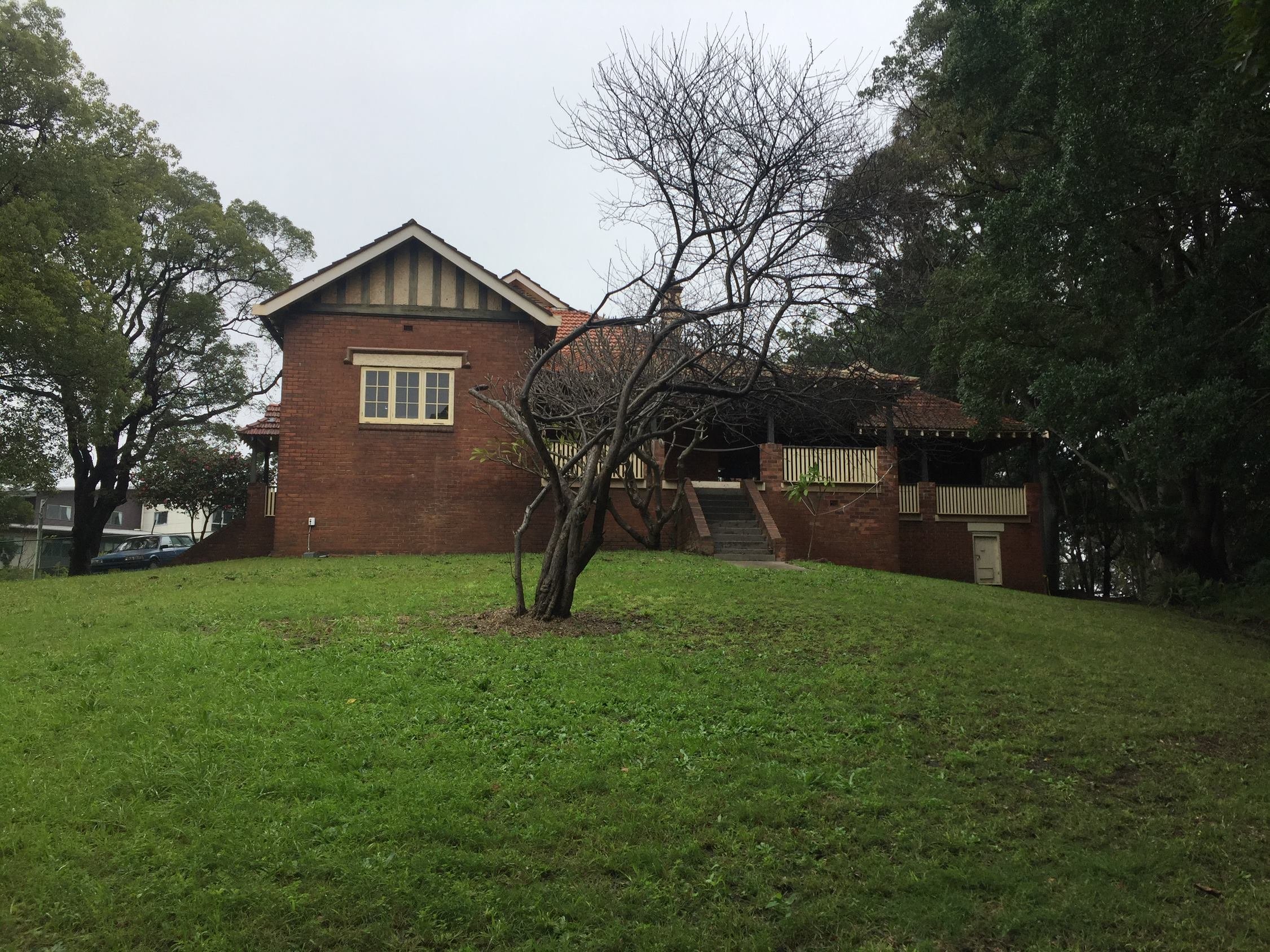
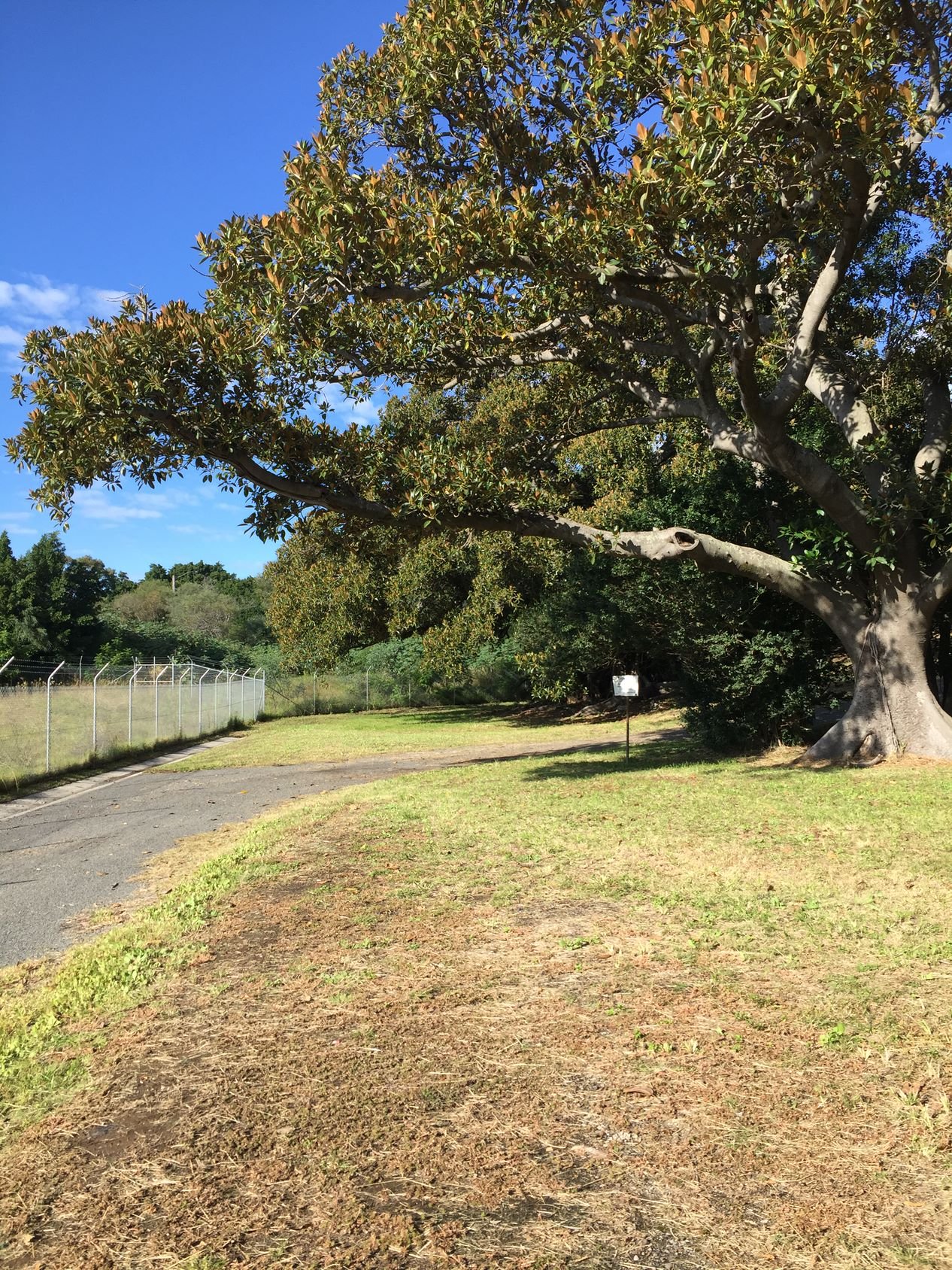
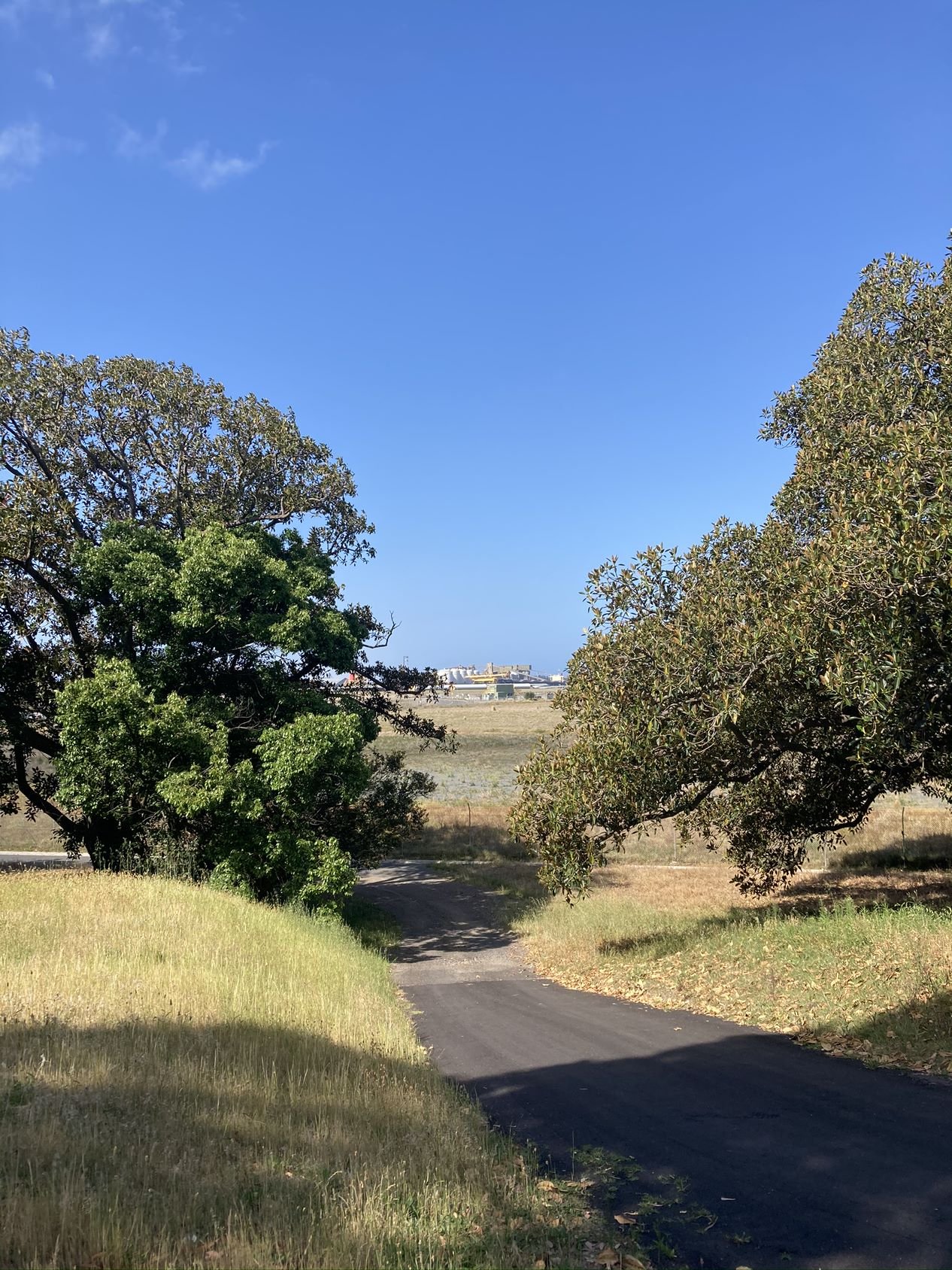
GARDEN WORKS
The seeds were hand sown by the research team, hydro-mulch was used to settle the seeds in the meadows.
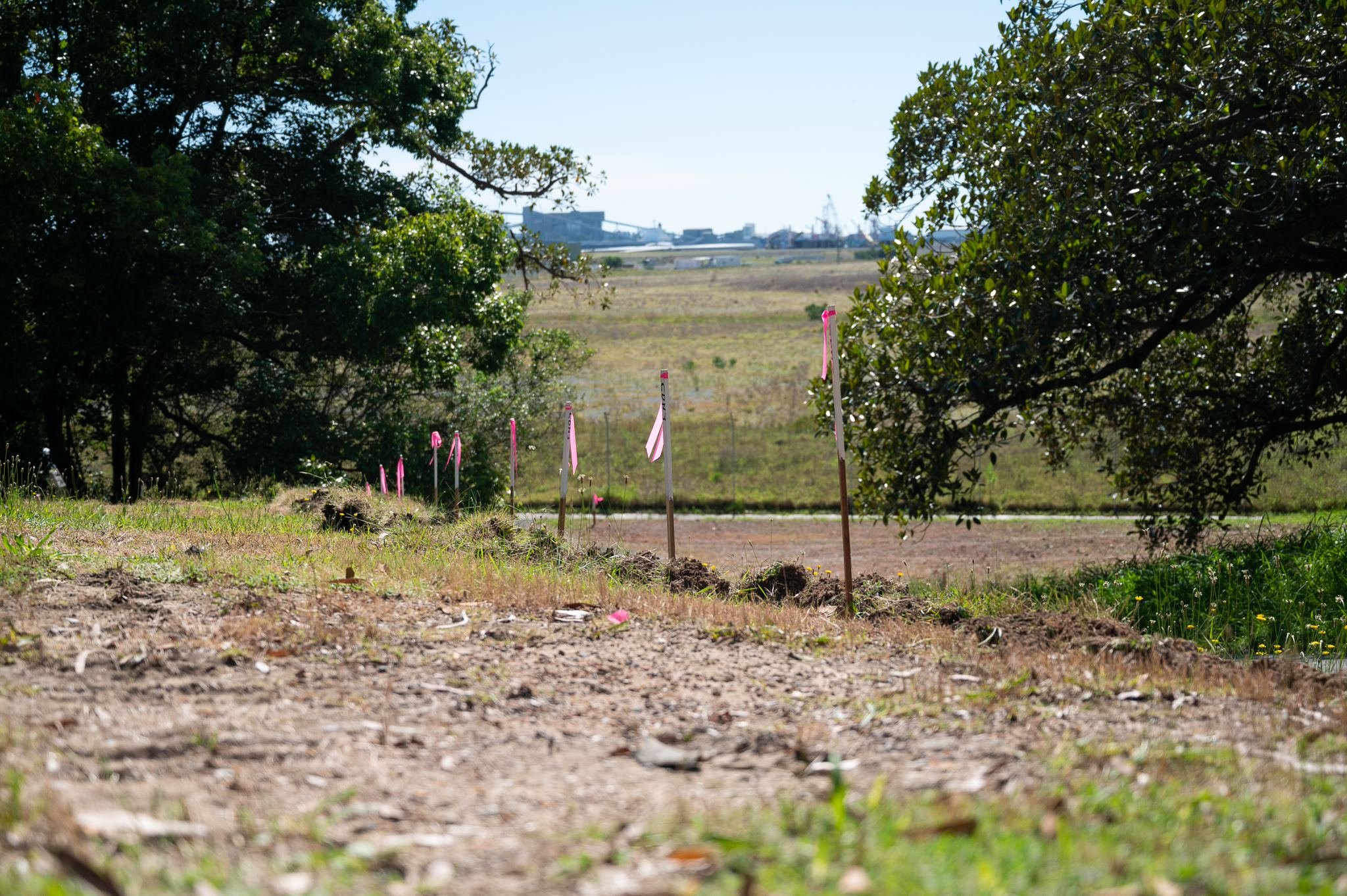
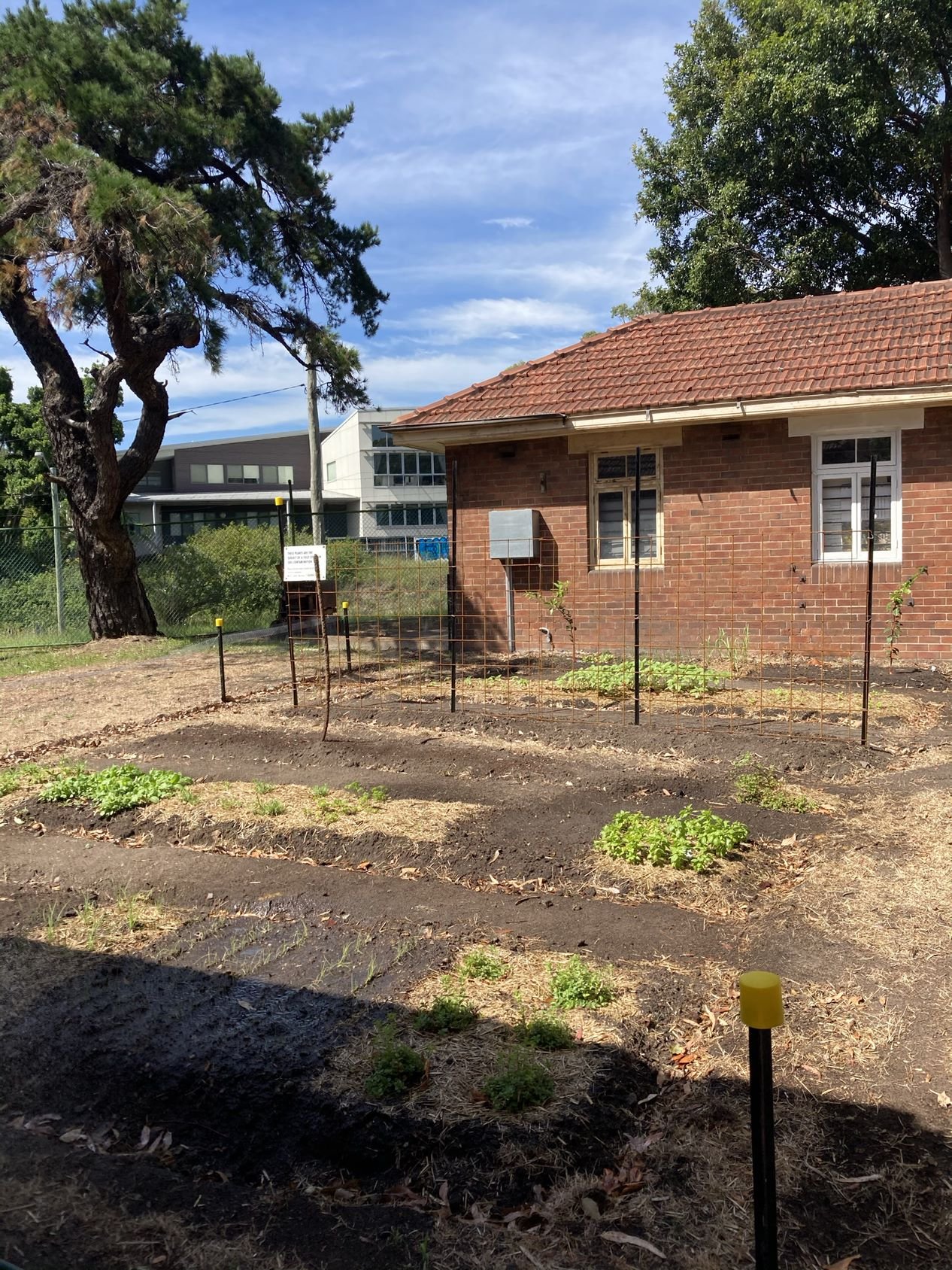
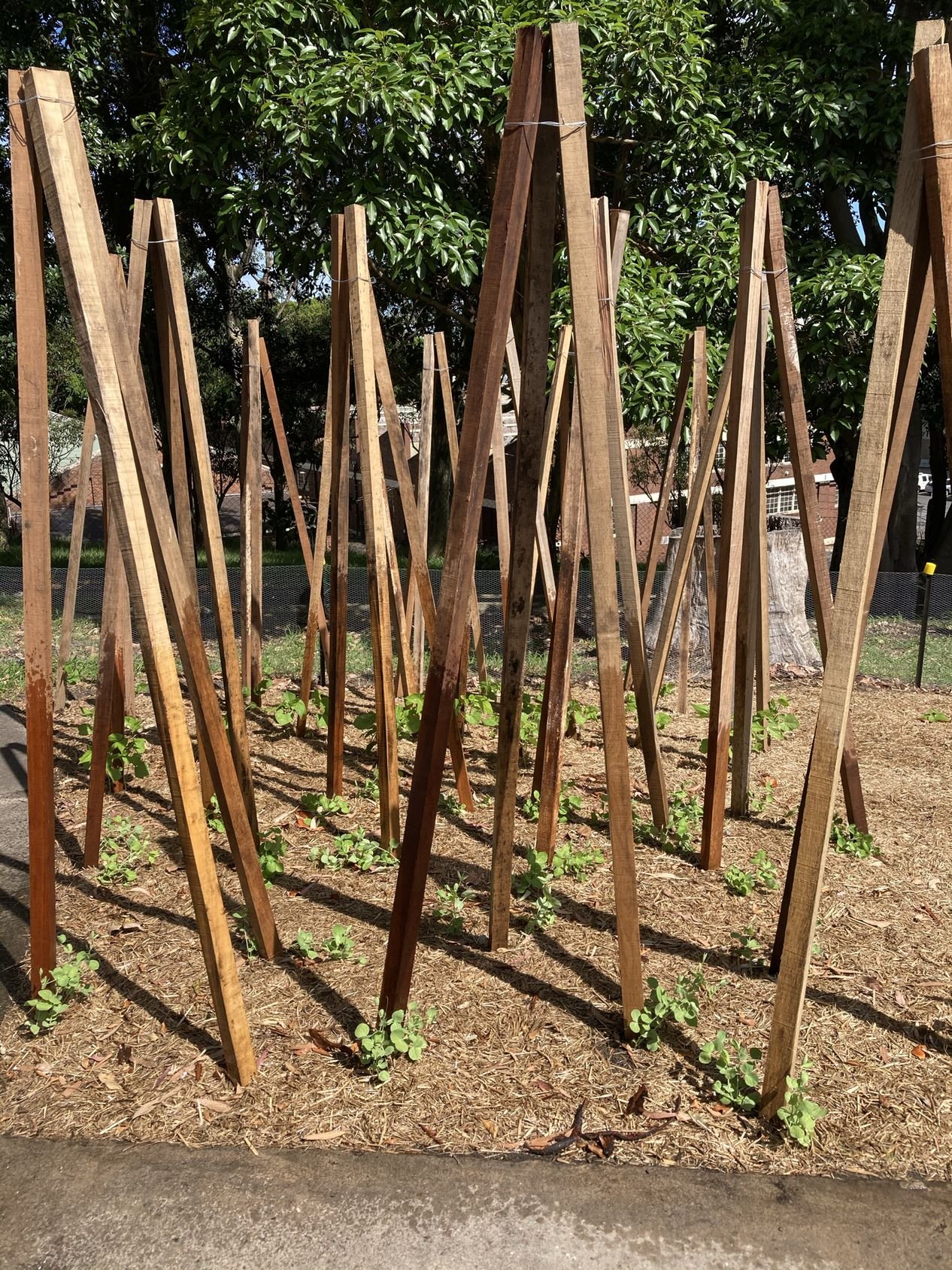
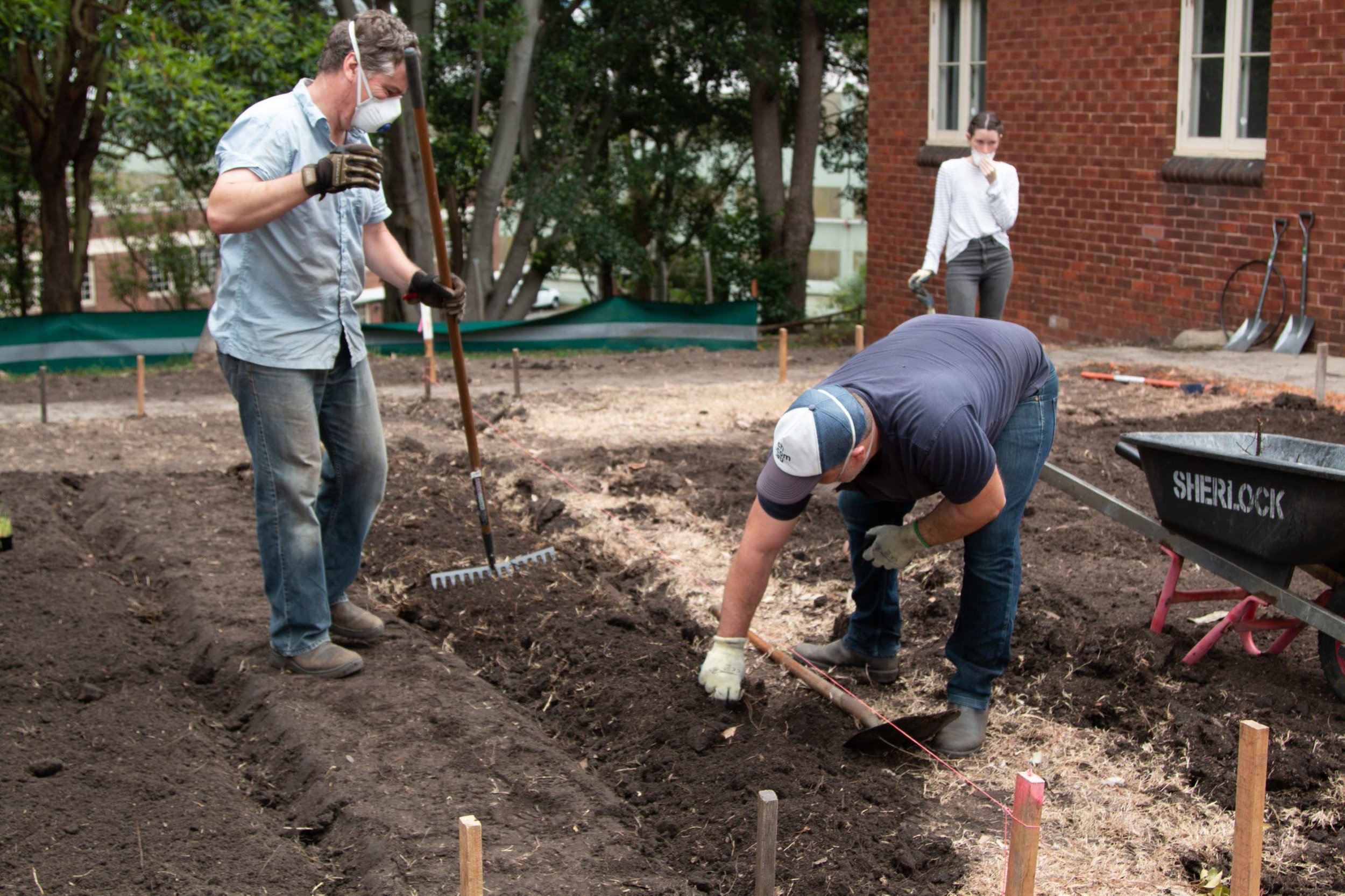
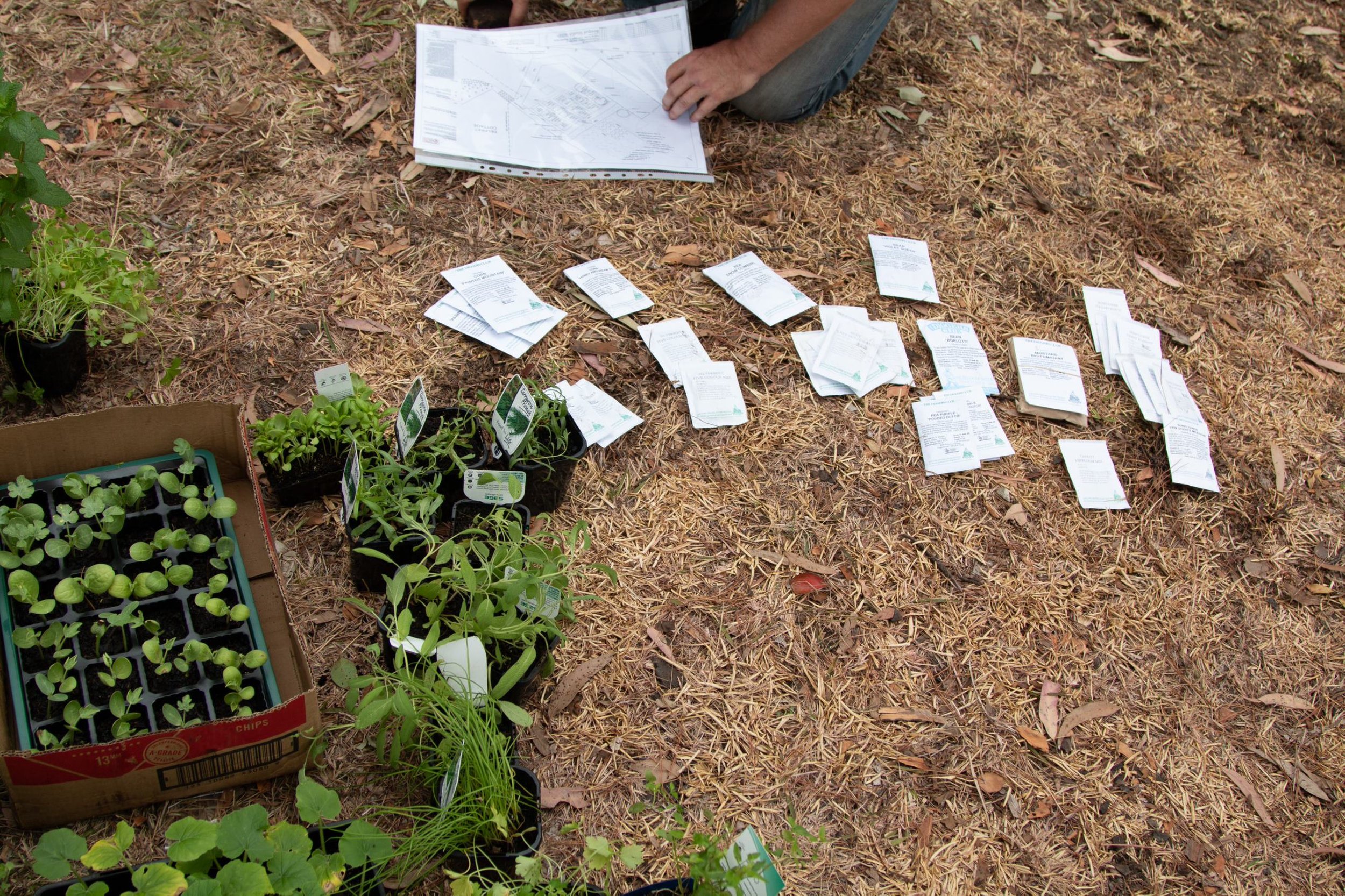
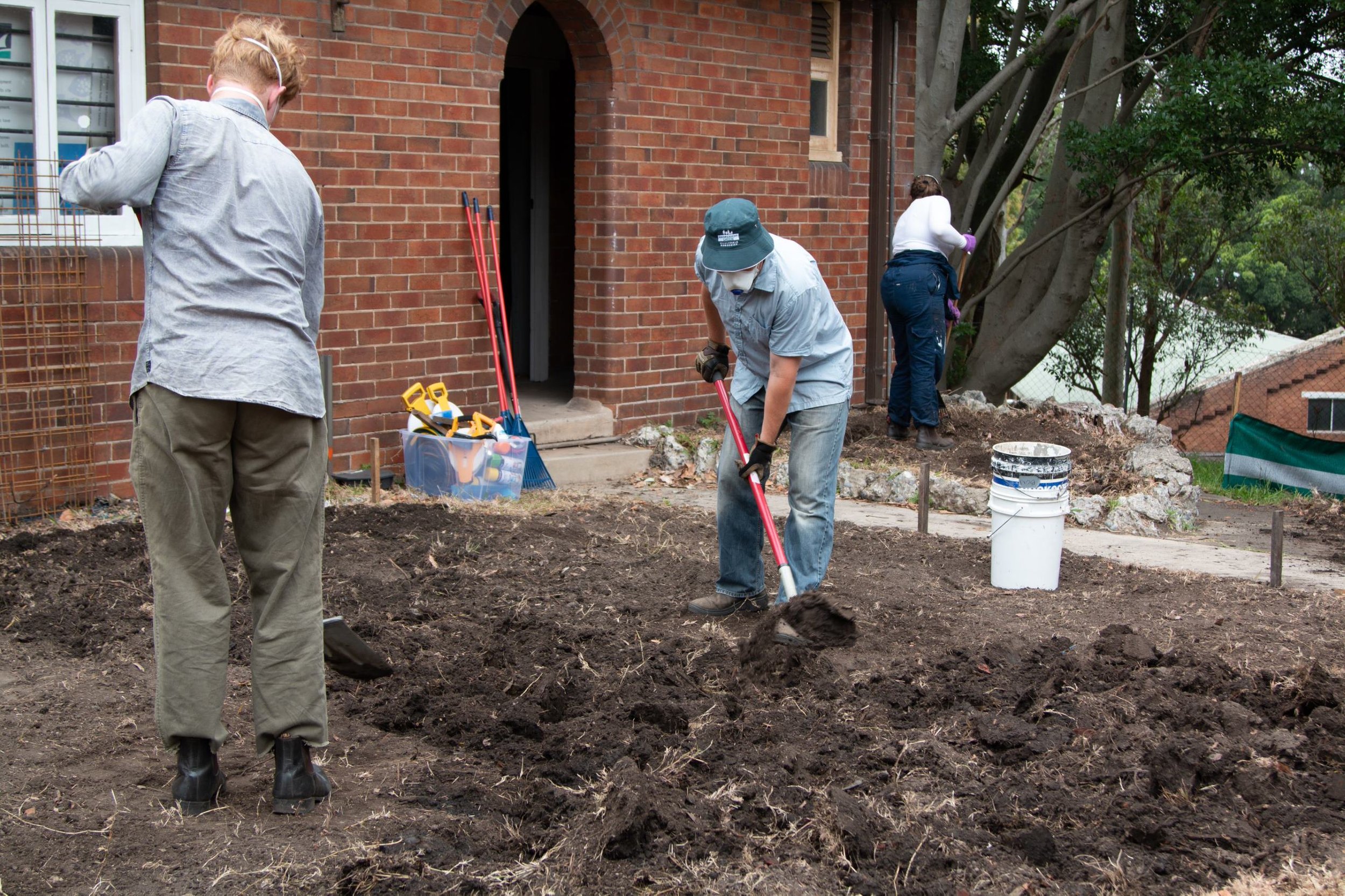
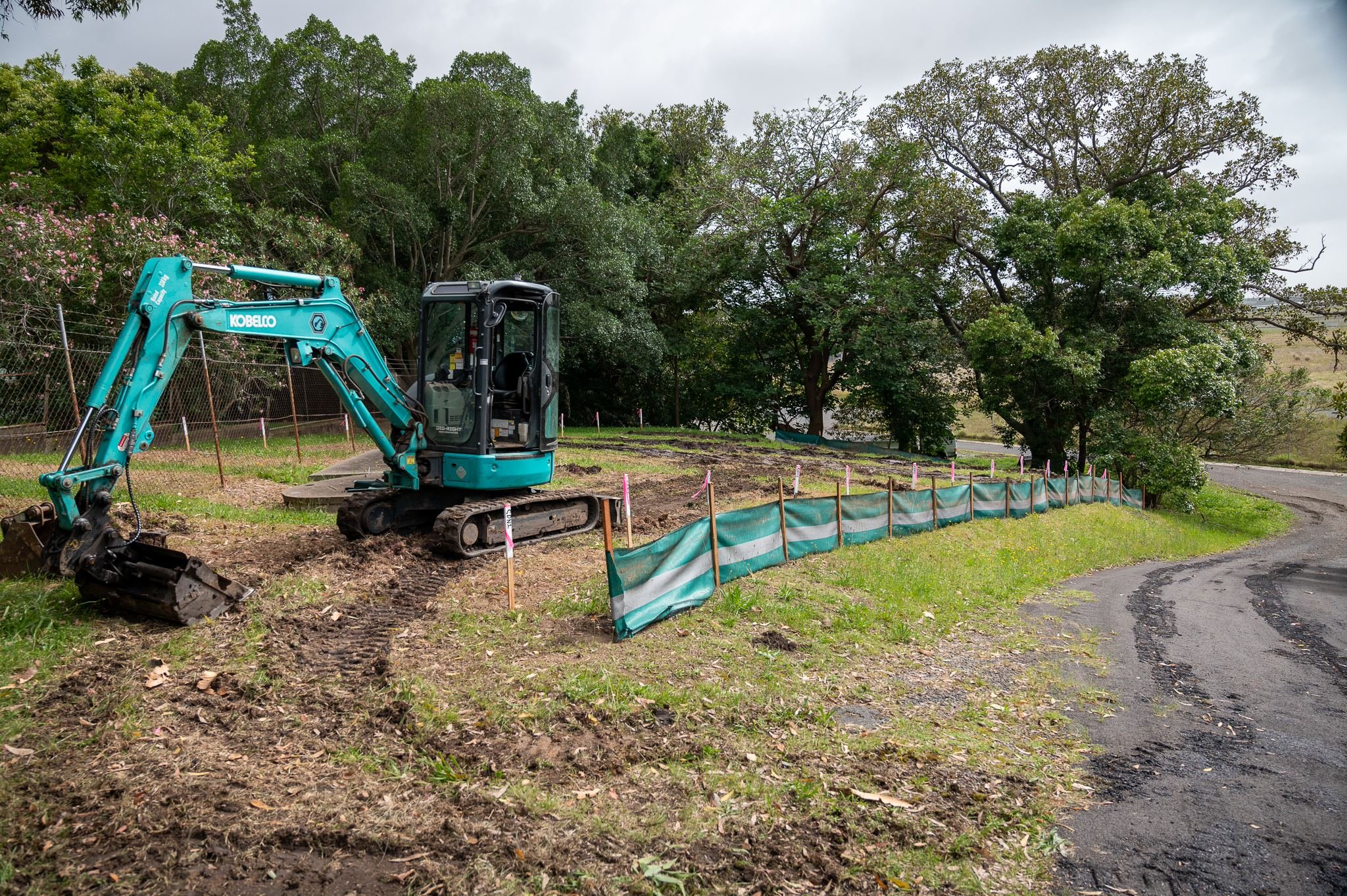
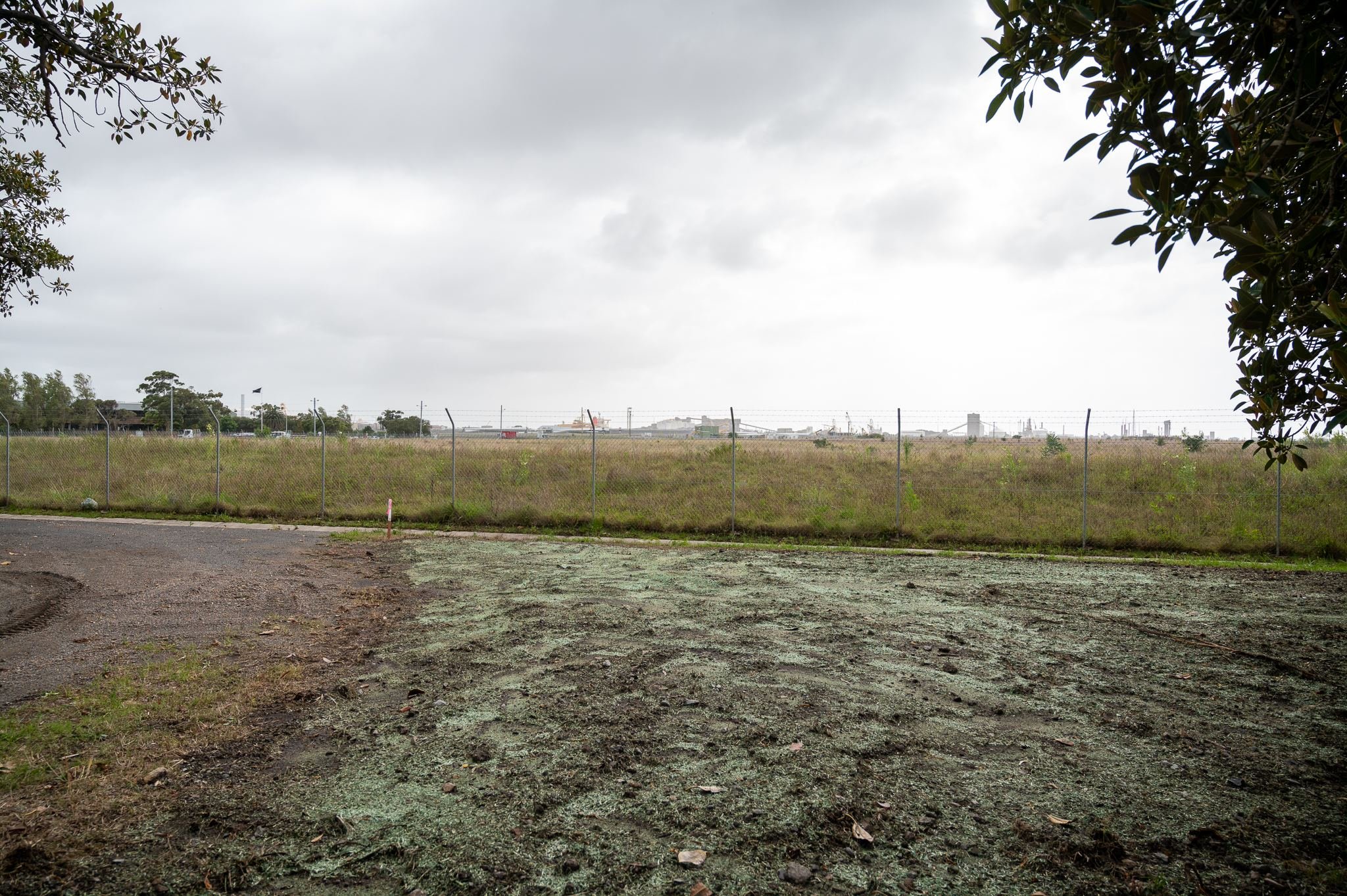
initiAL garden
The plants began testing for contaminant uptake. Testing occurred within the root, surrounding soil, stem, leaf and fruit (where it was present).
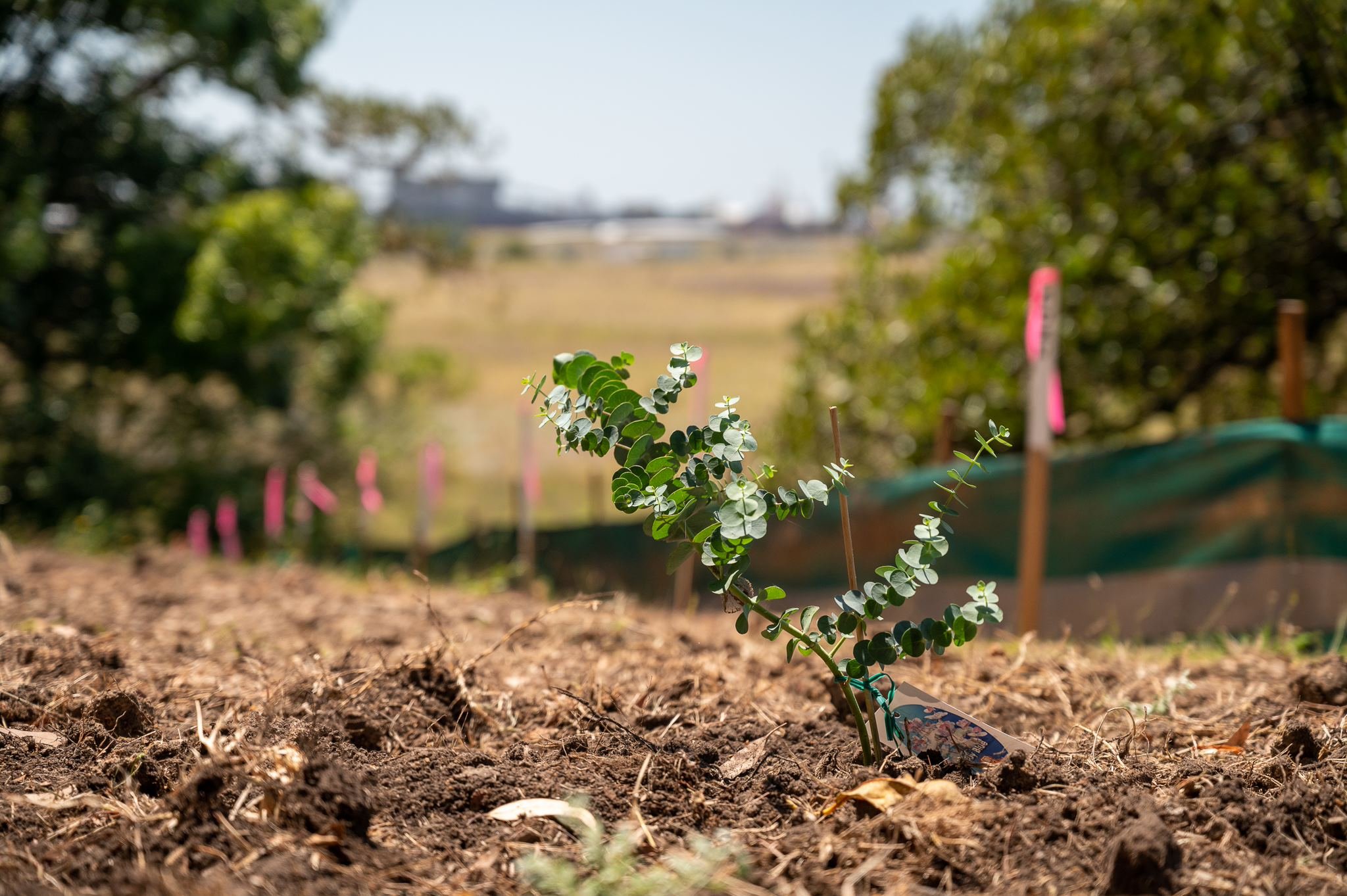
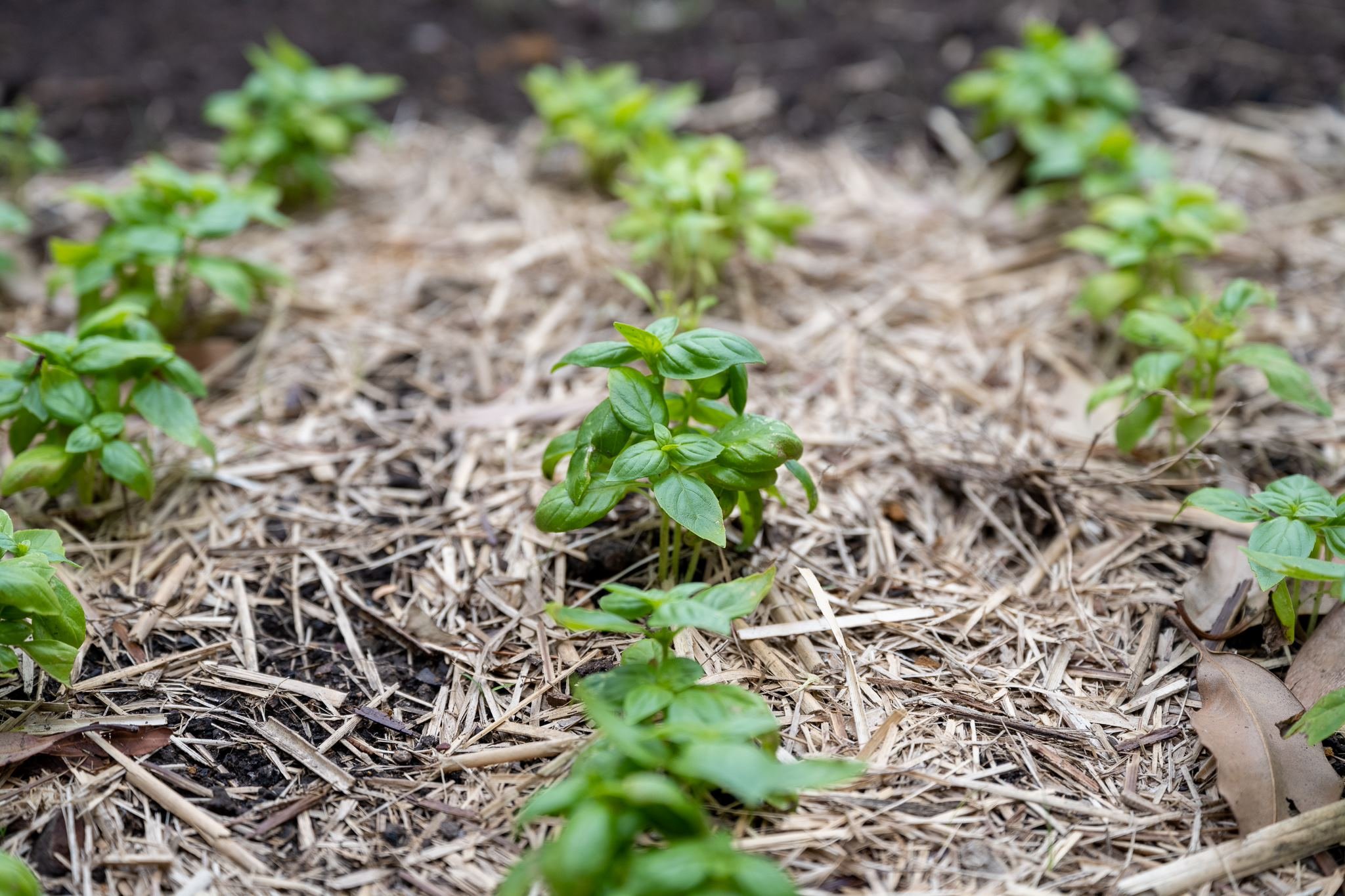

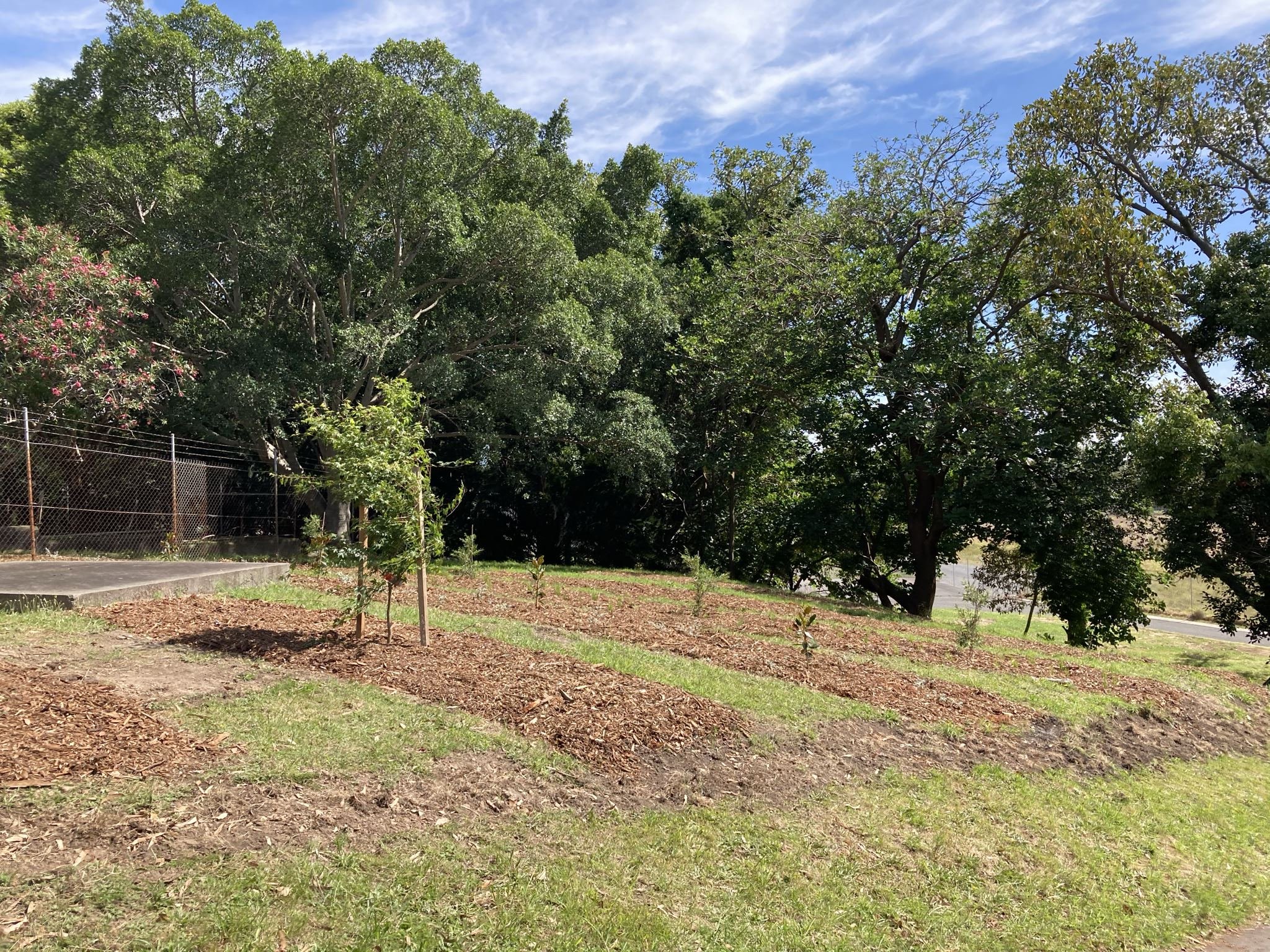
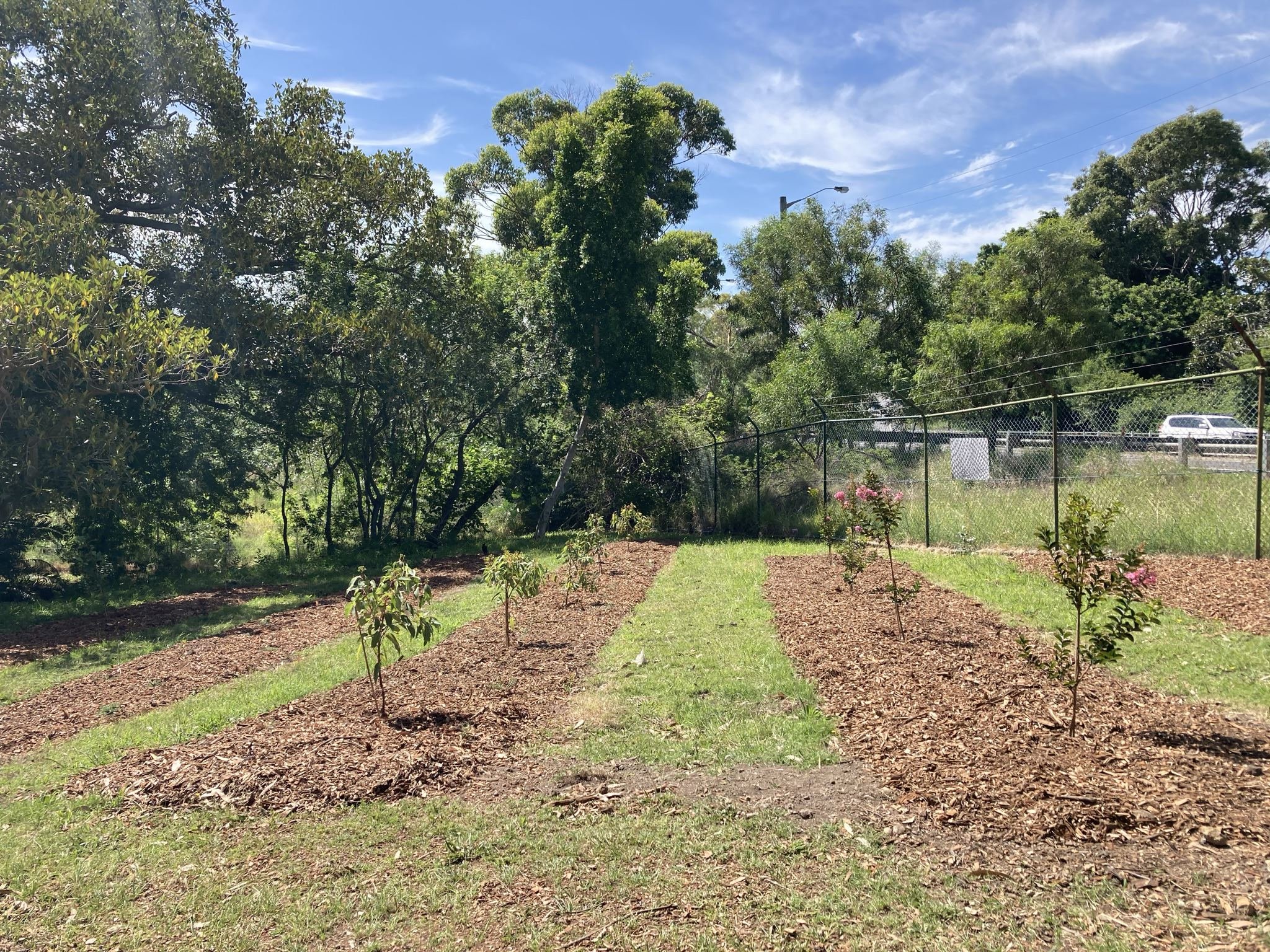
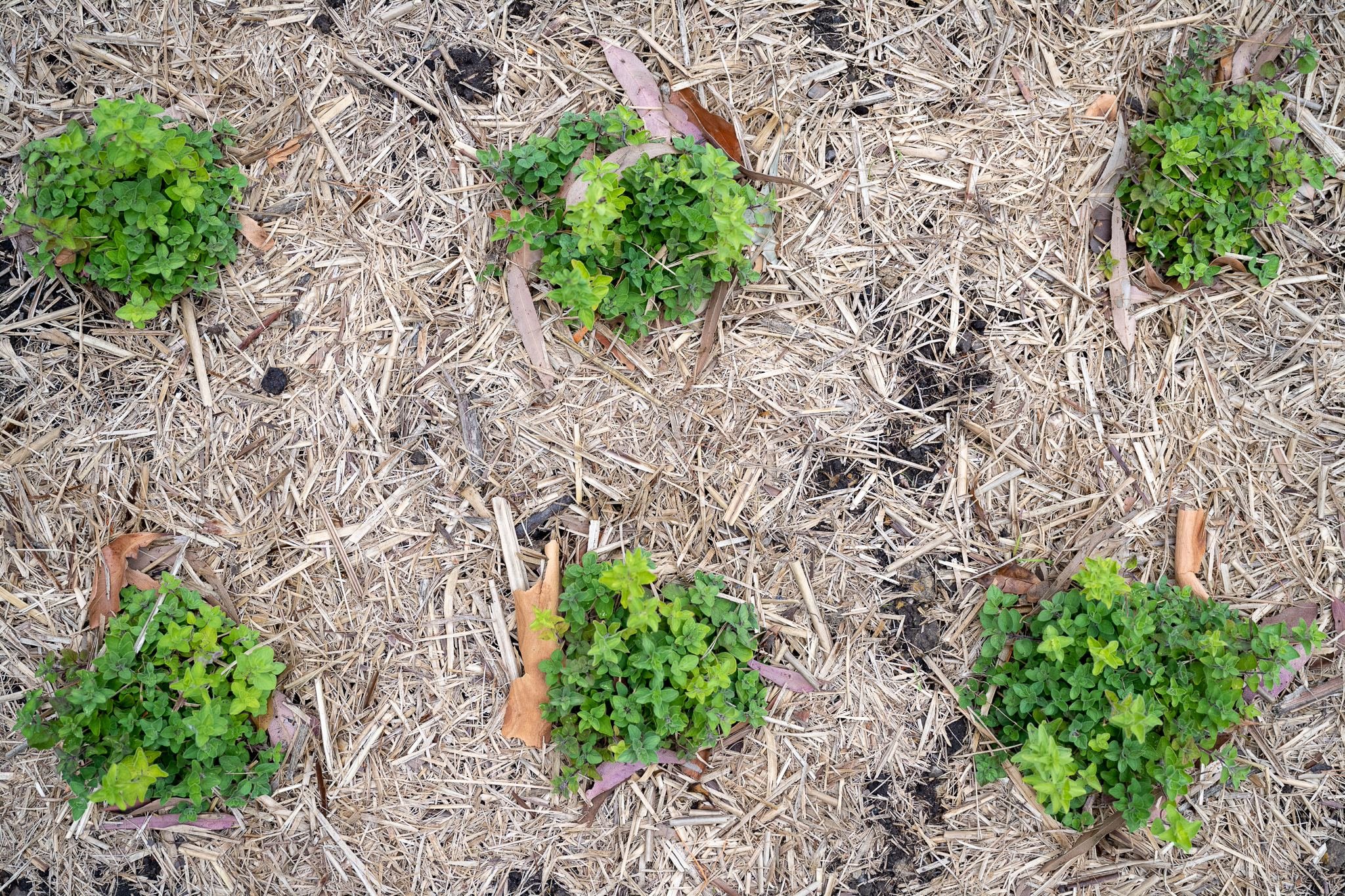
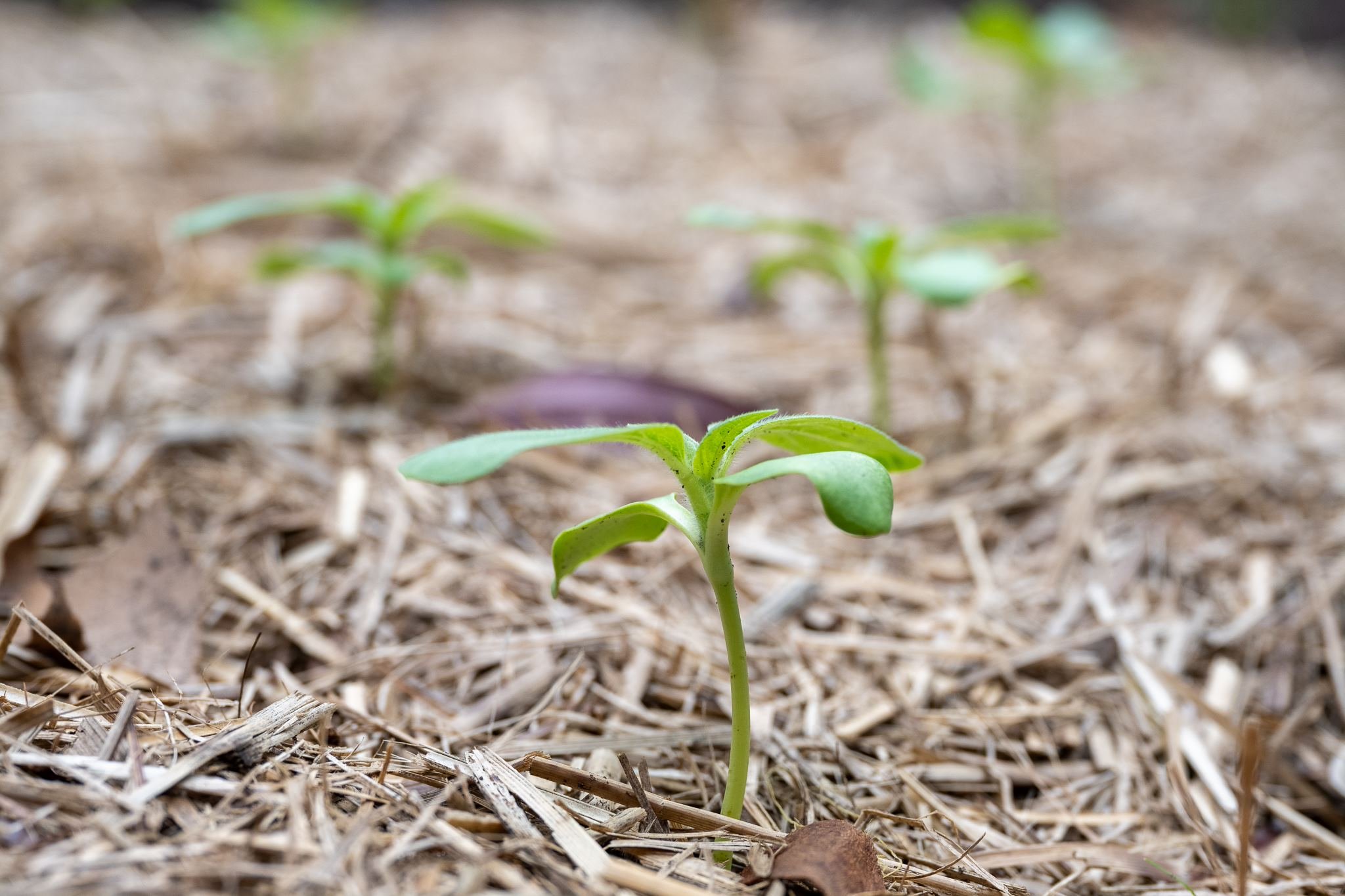
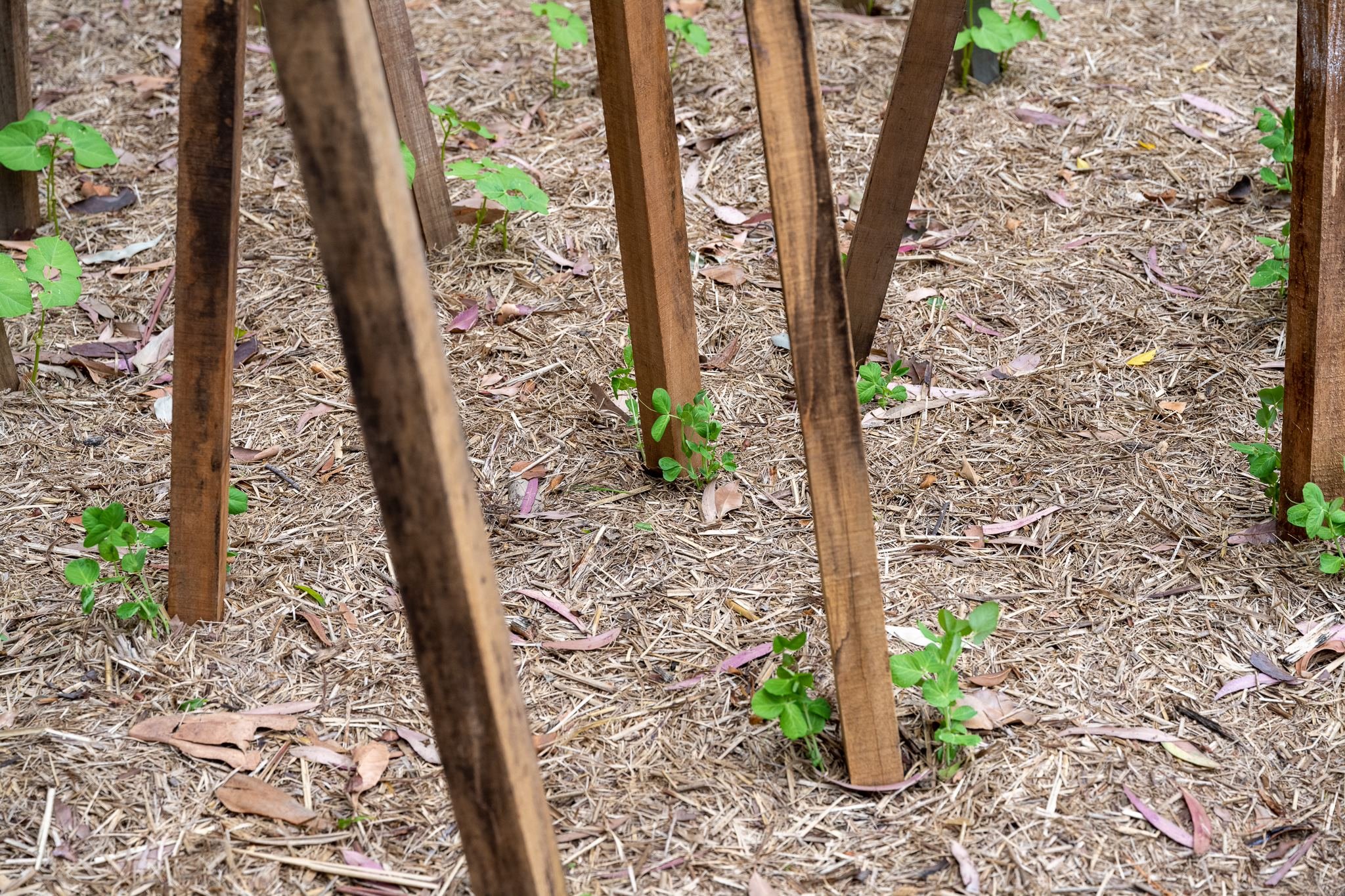
growth
The gardens growth over time was also monitored, with measuring of specimens and individual plot photograph record. Through these resources the gardens wildness emerged. There were a series of weeds that also began to thrive, and these too were subjected to the same testing regime, measuring their ability to phytoremediate.

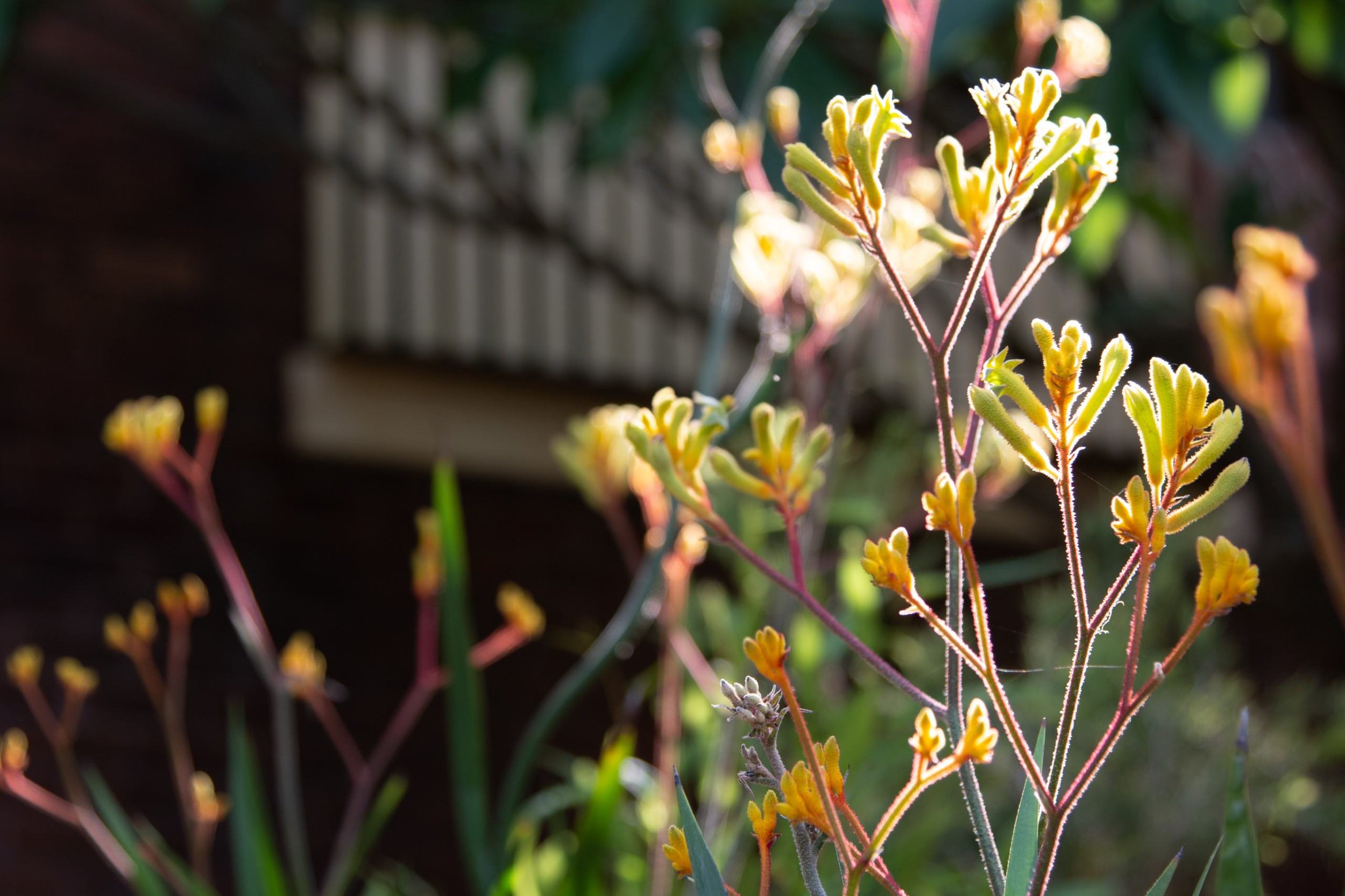


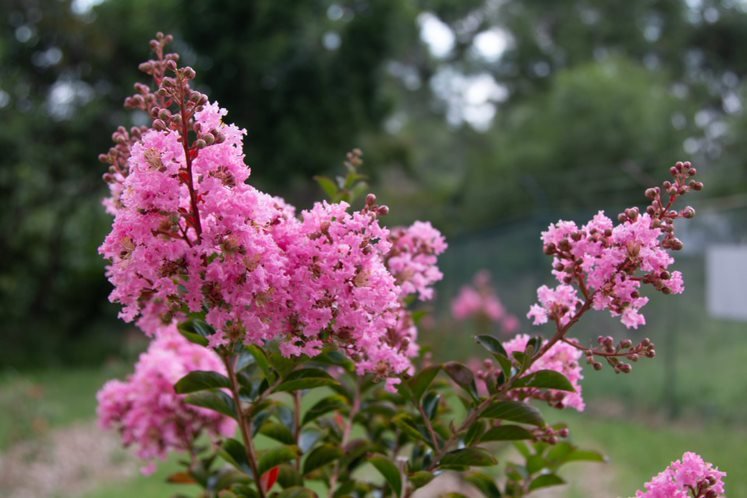
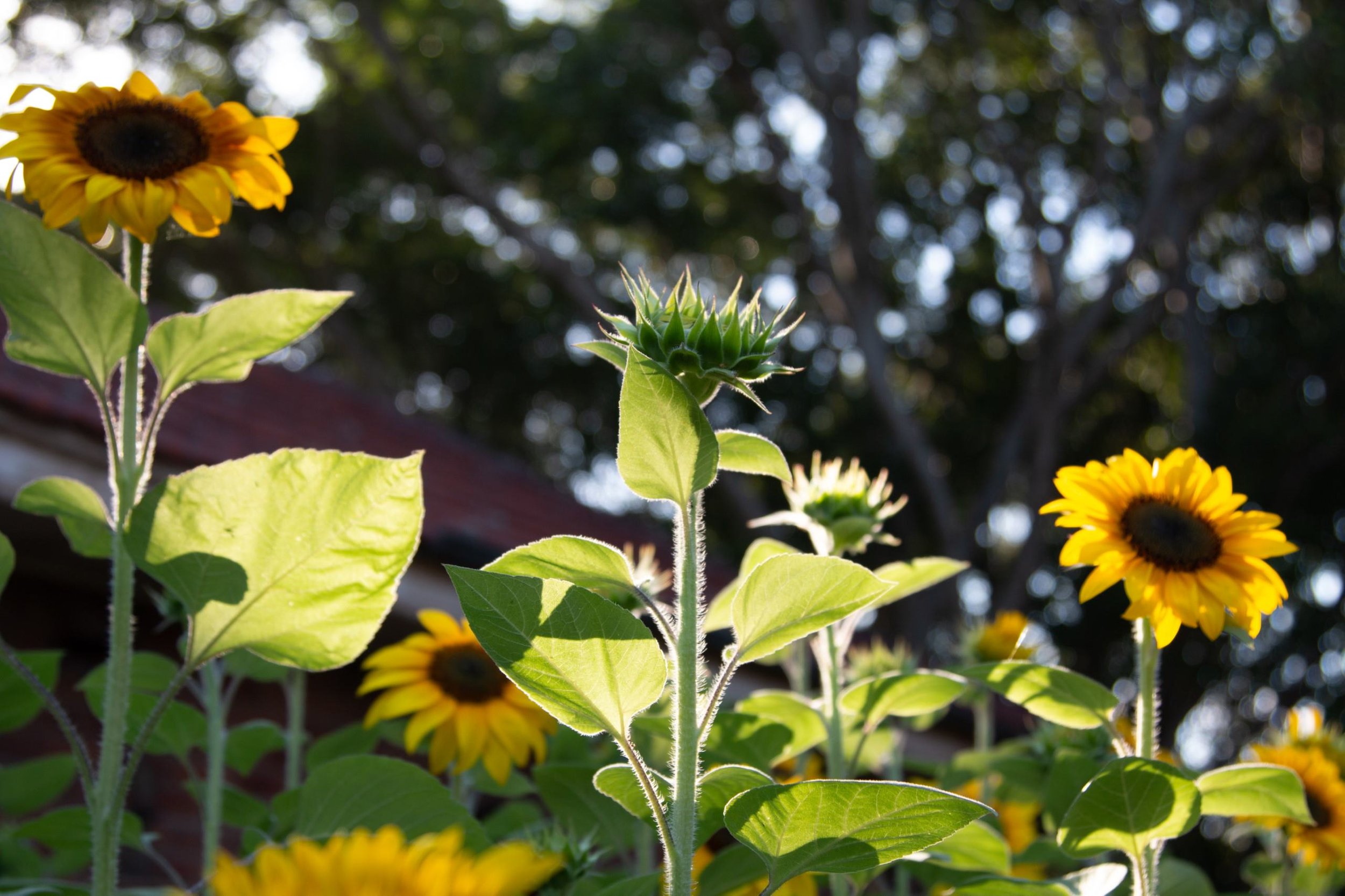
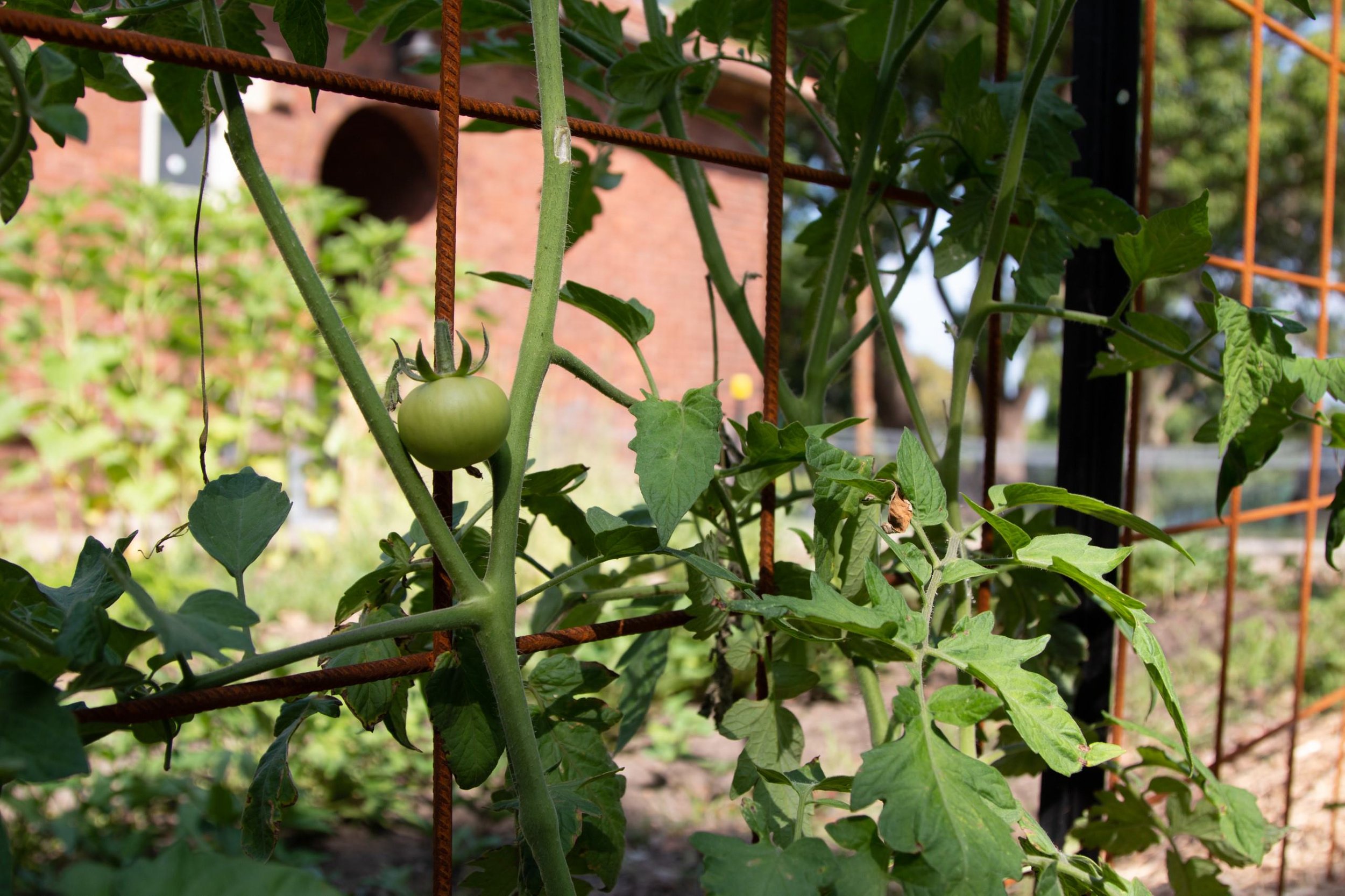
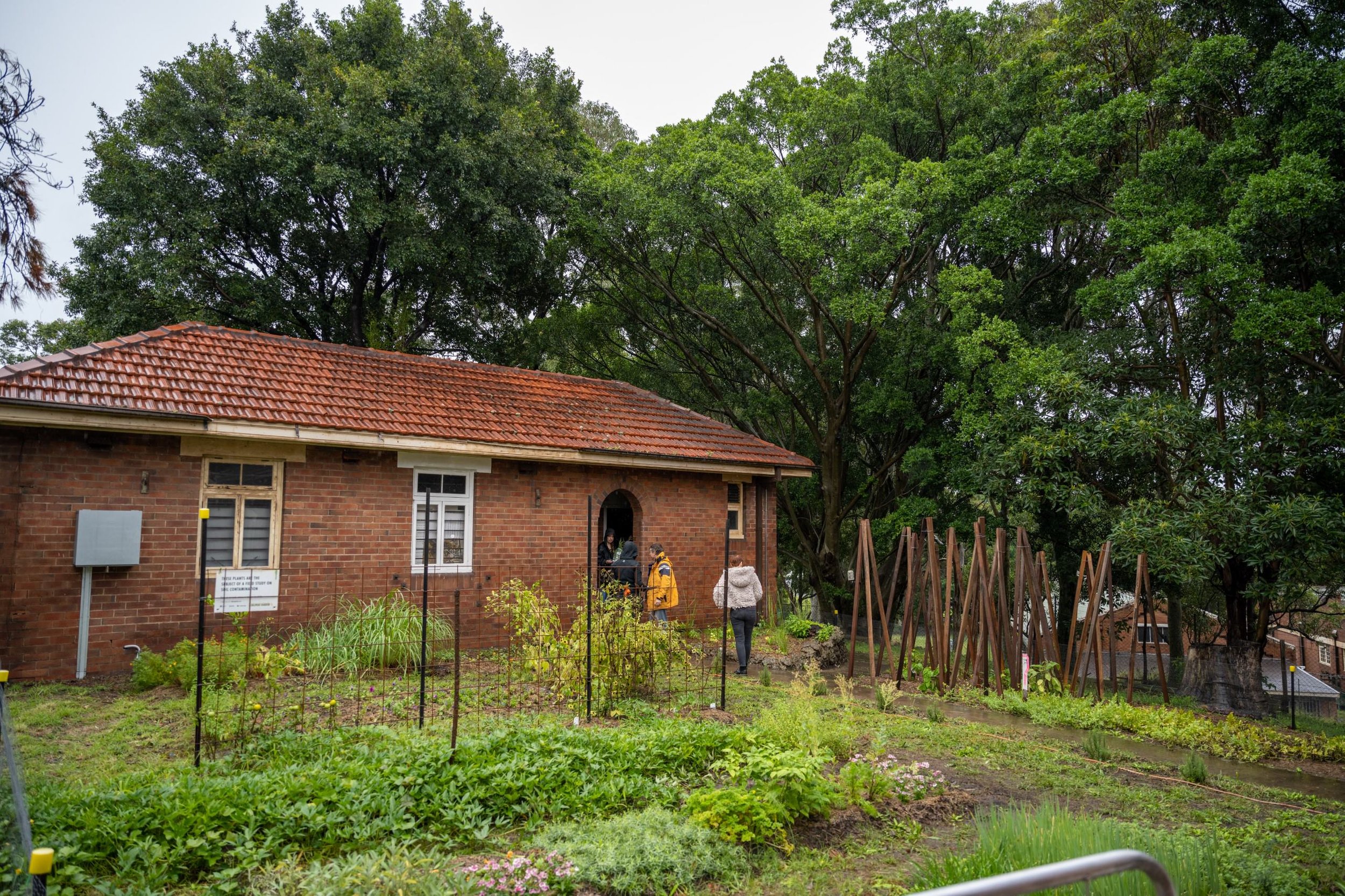
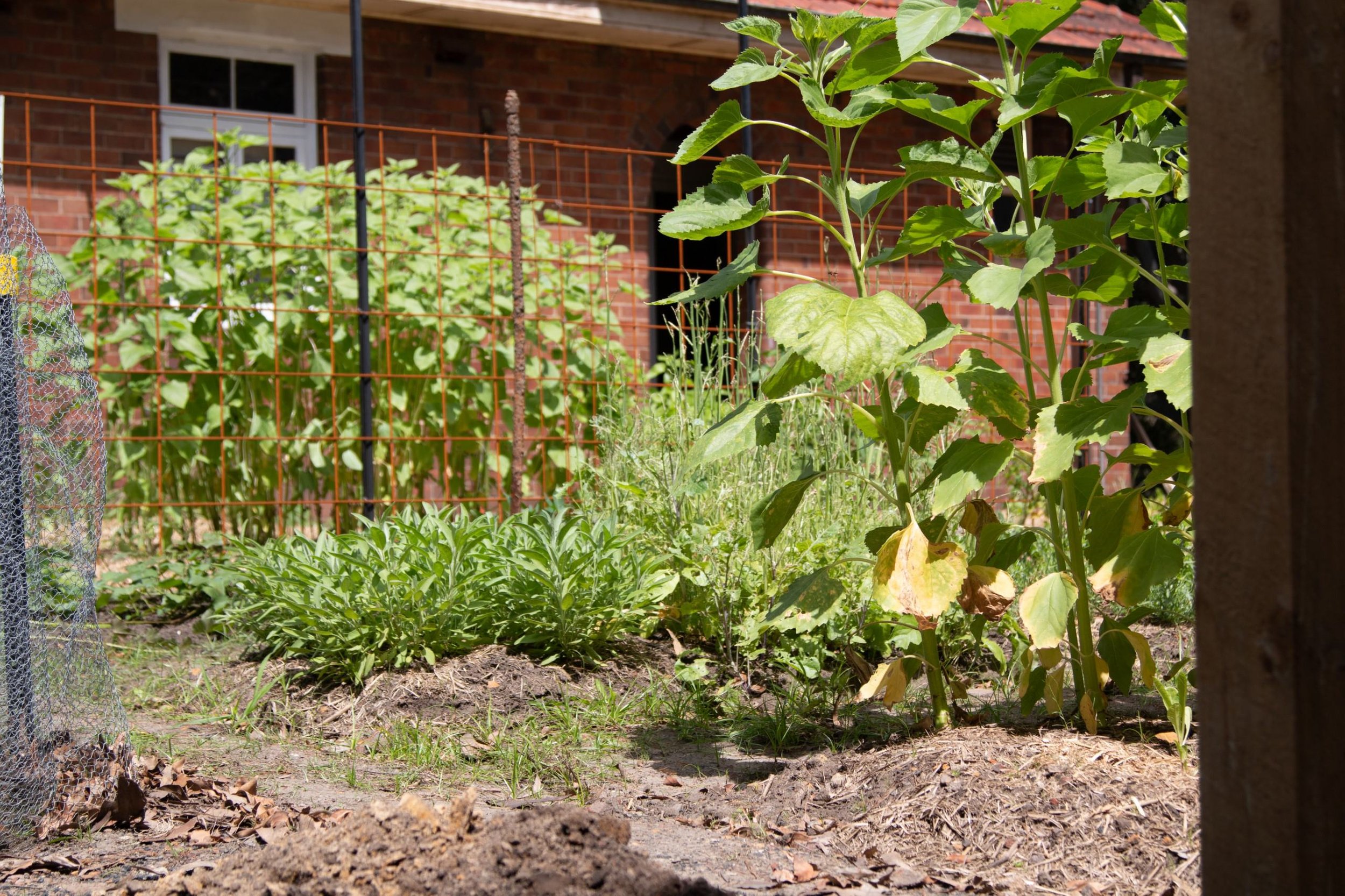
NOW
The garden in full bloom. The plants continue to be tested for their phytoremediation properties, revealing new discoveries about their natural cleansing capabilities, whilst thriving in a post industrialist wasteland; serving as a testament to the natural’s resilience and cyclicality.
